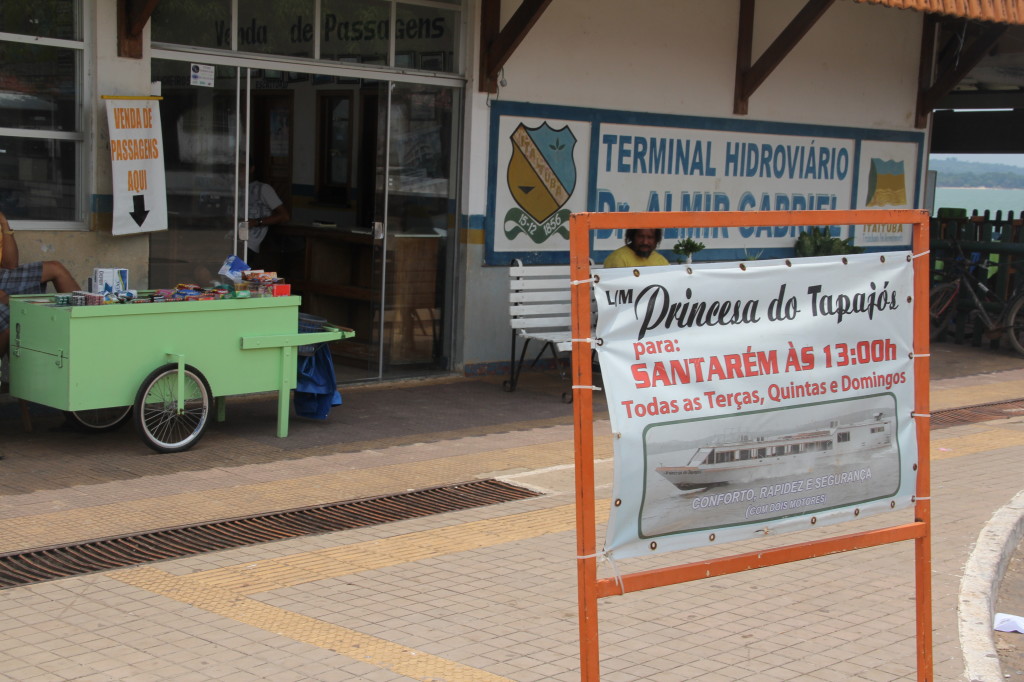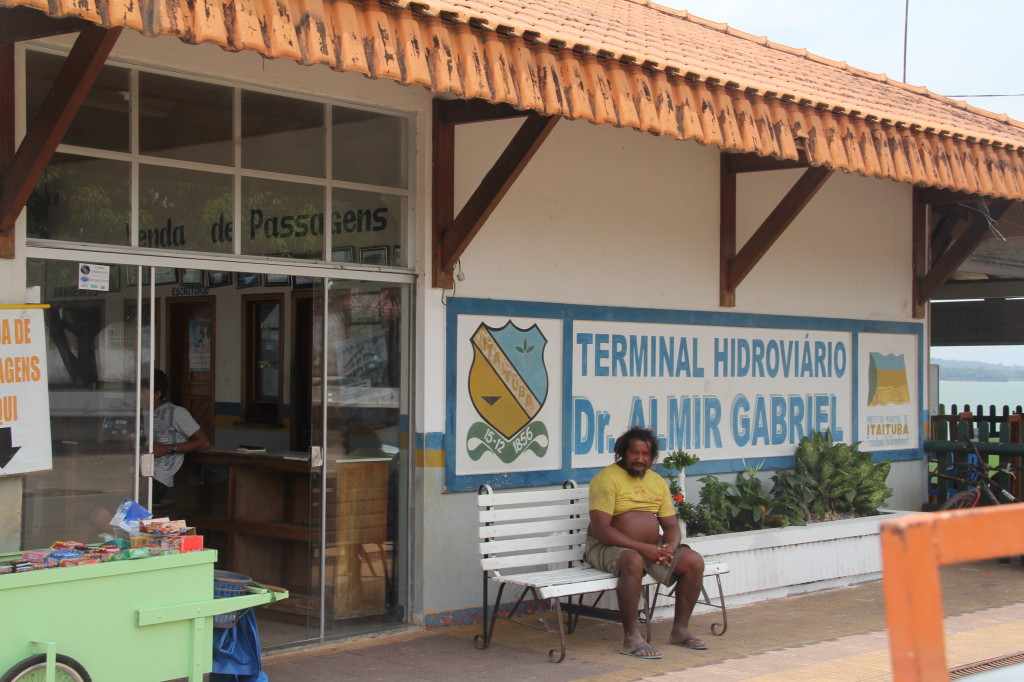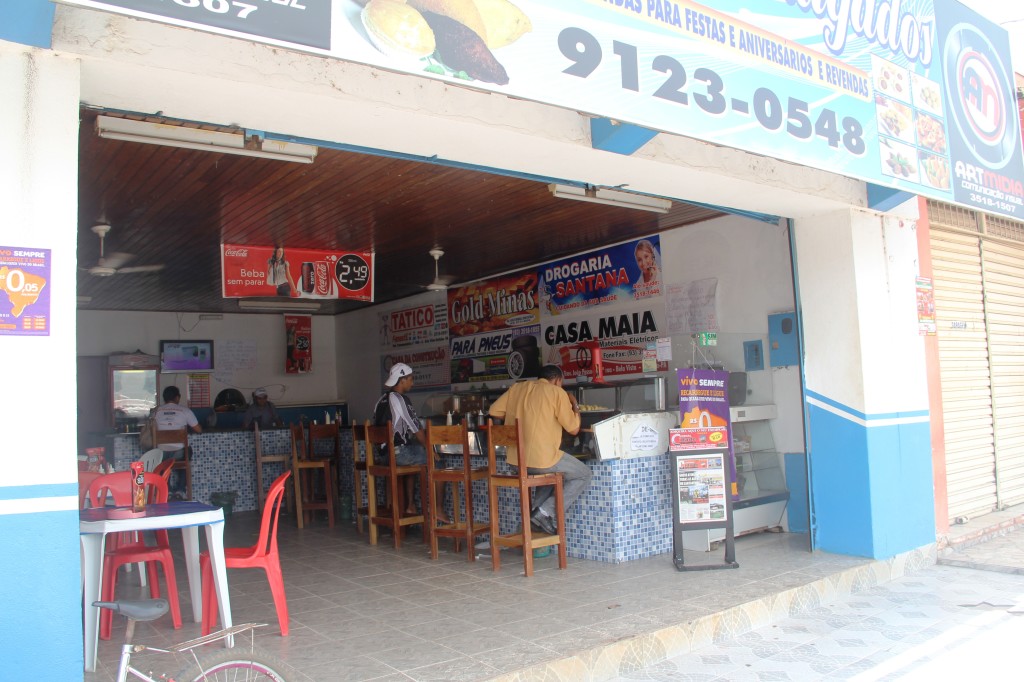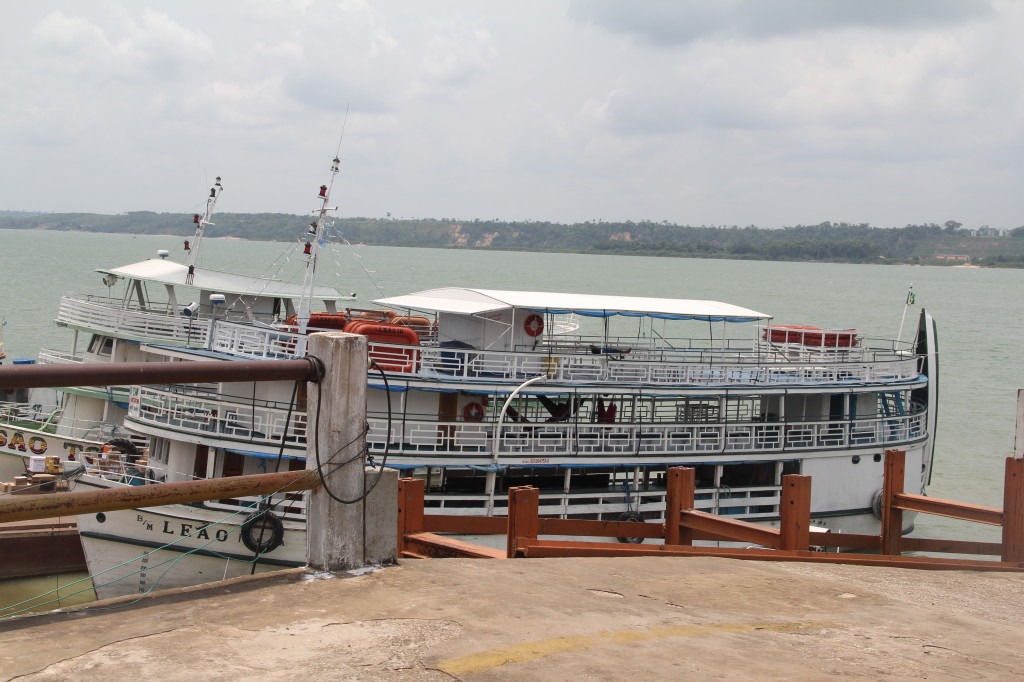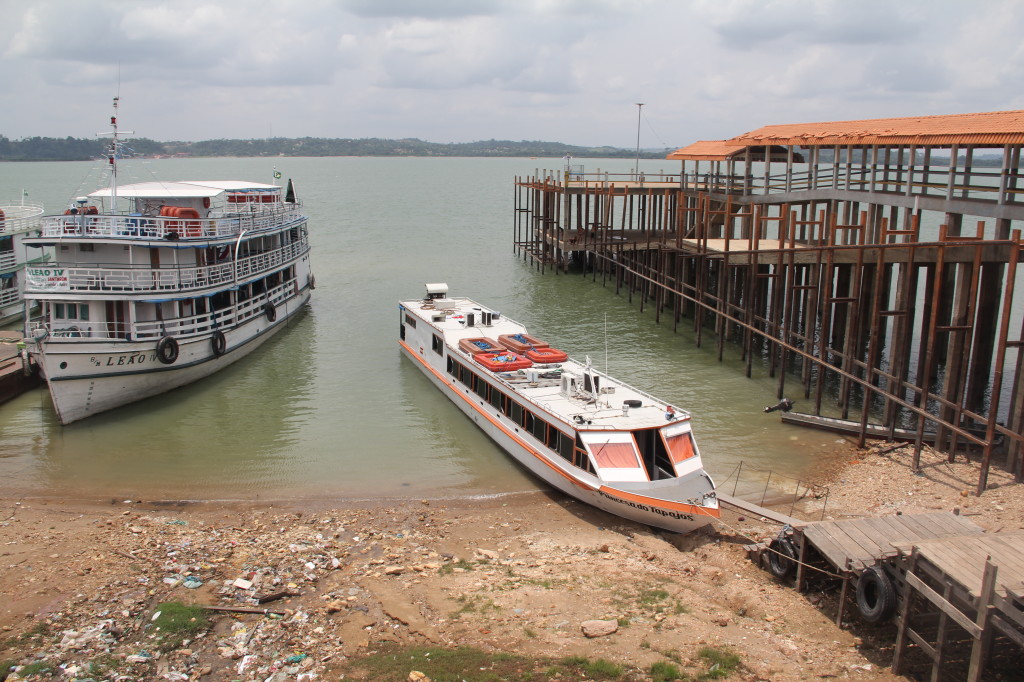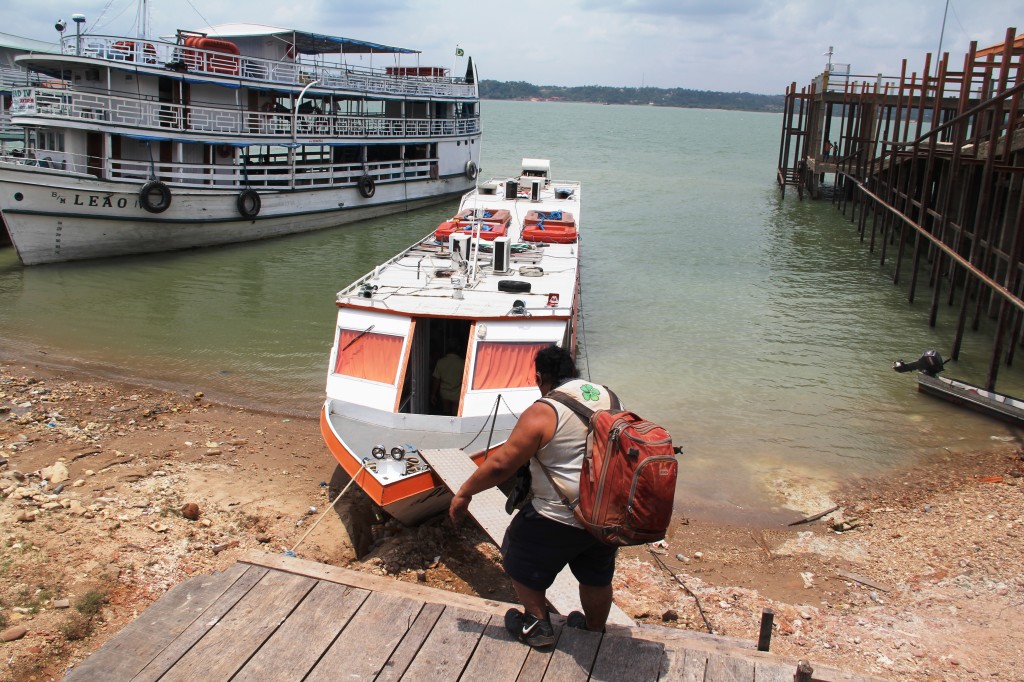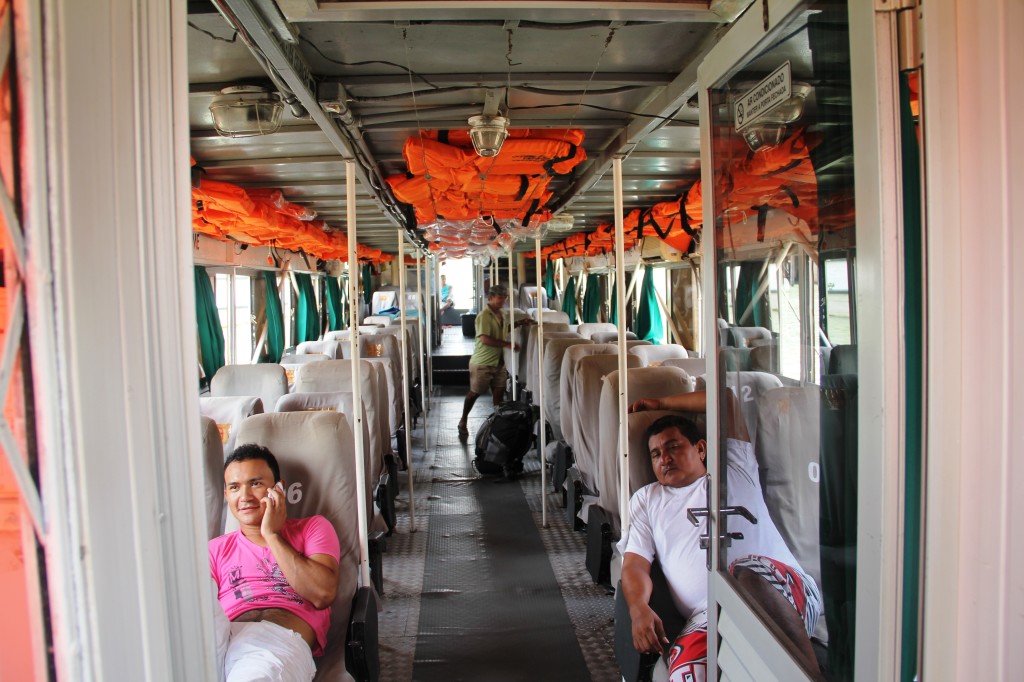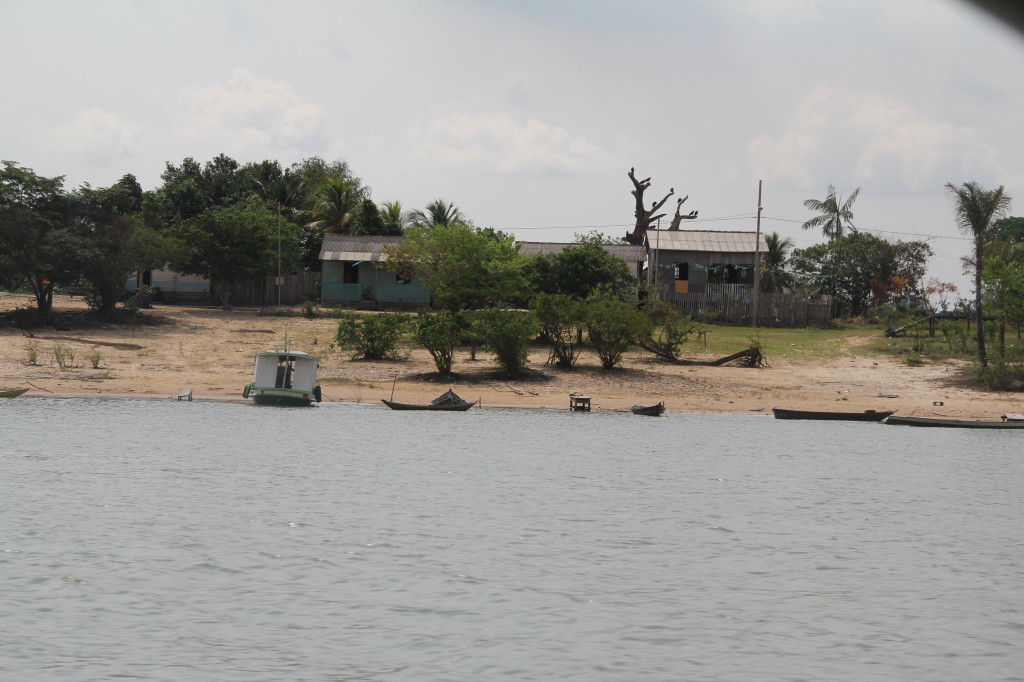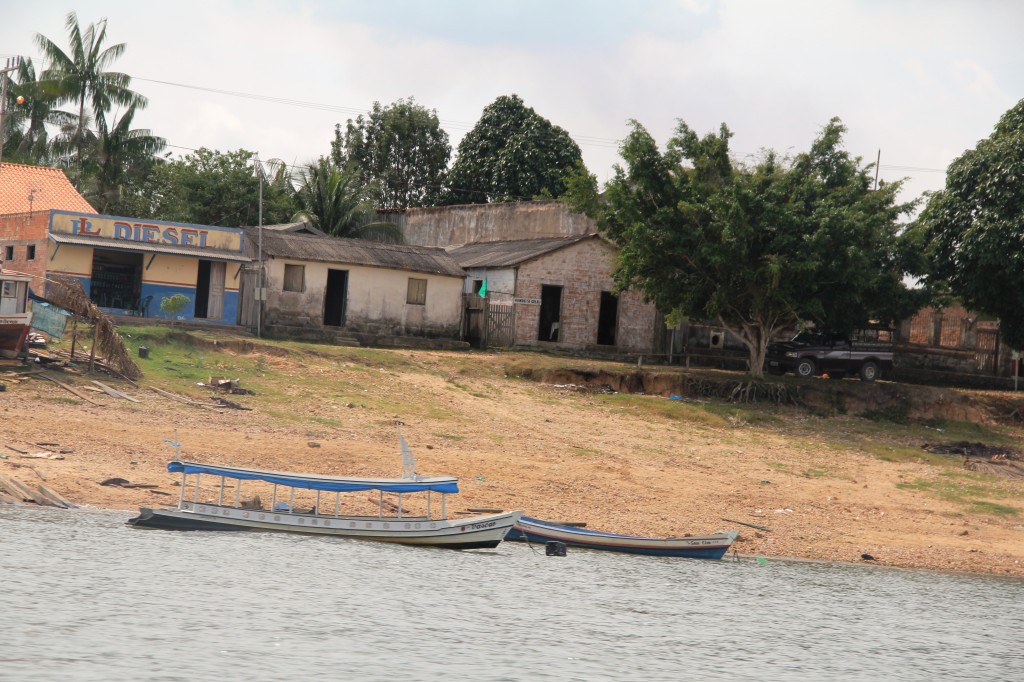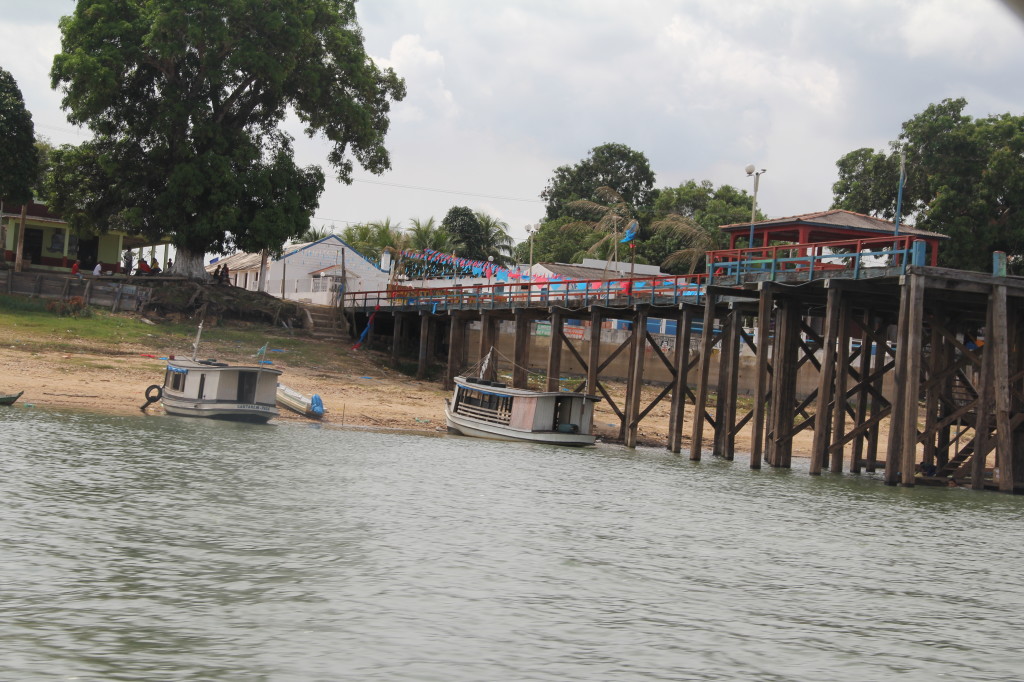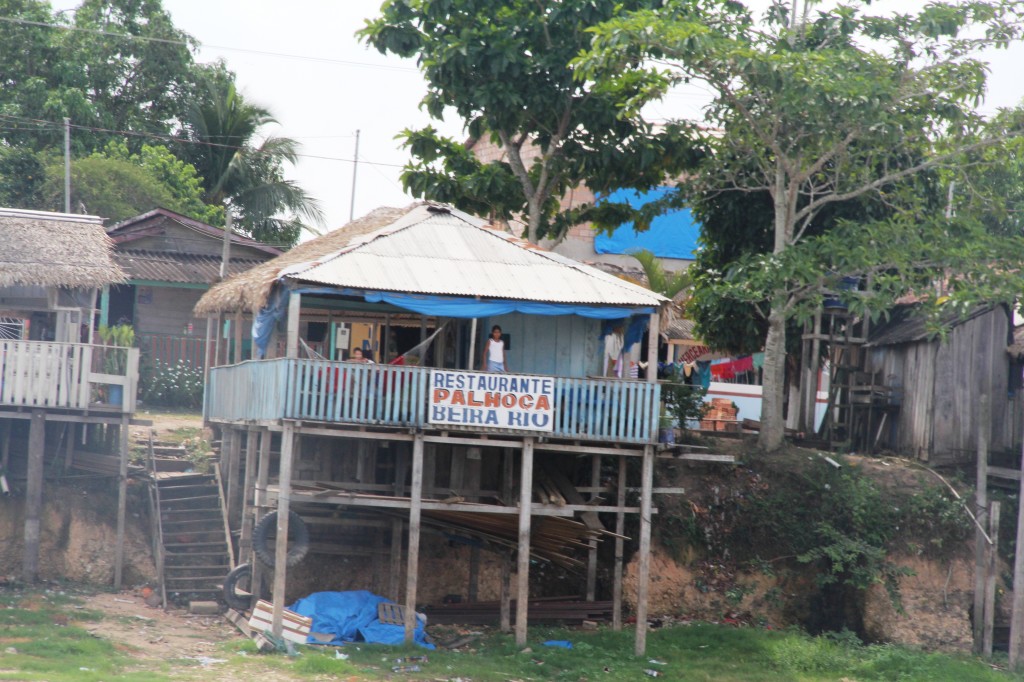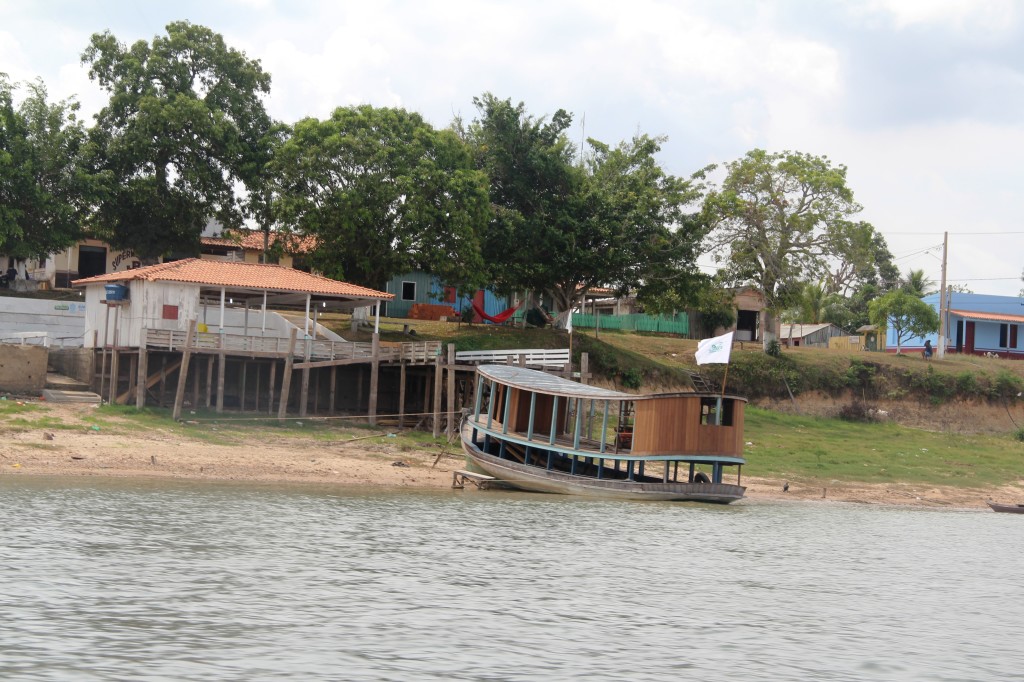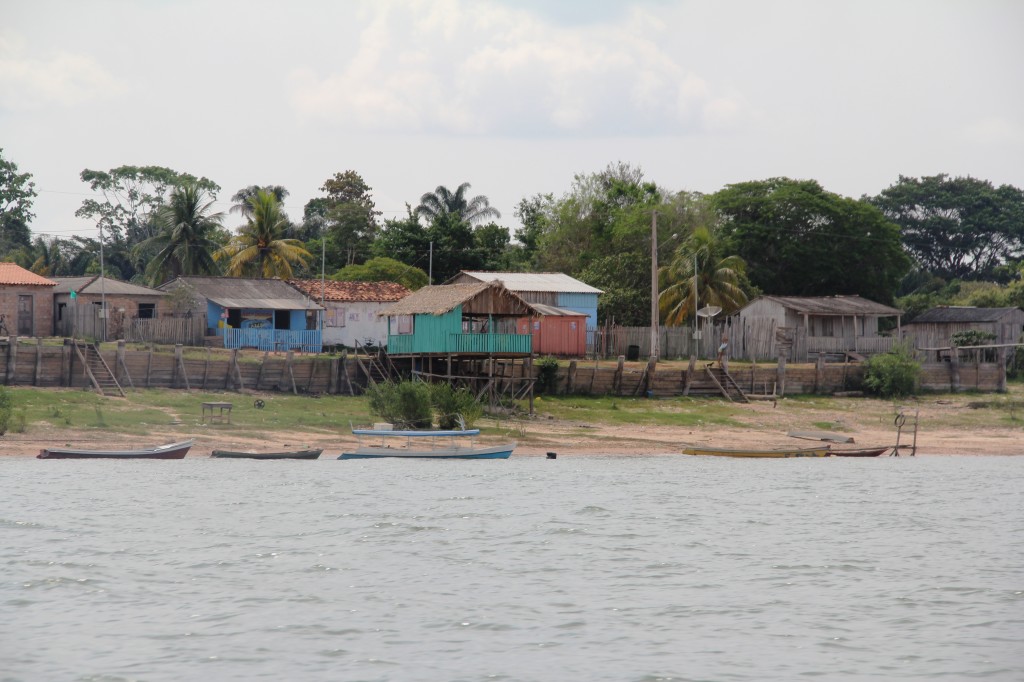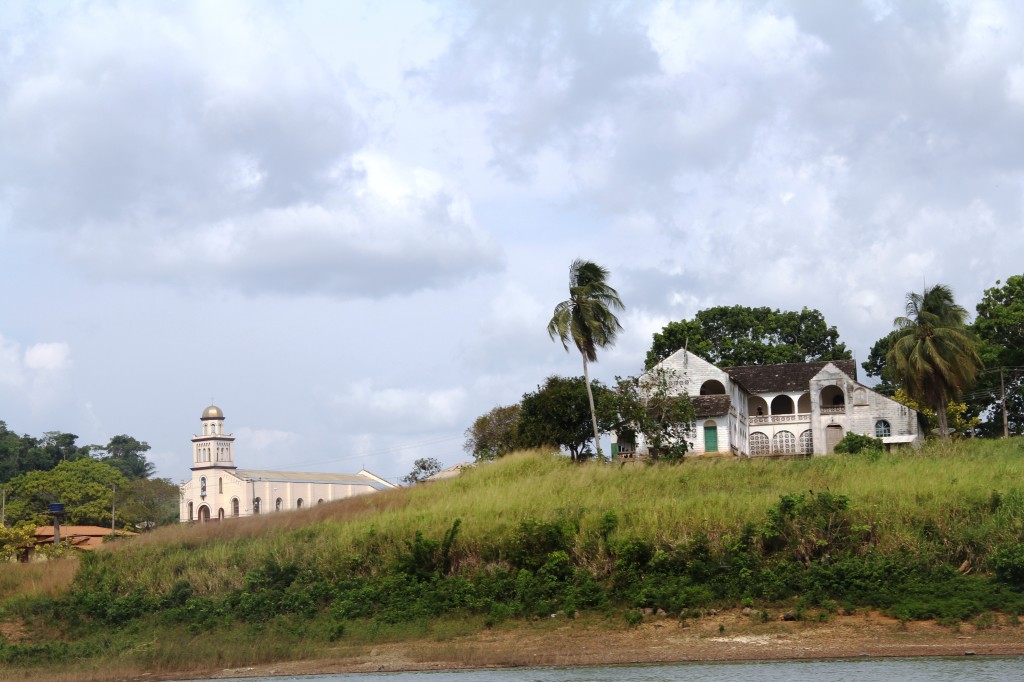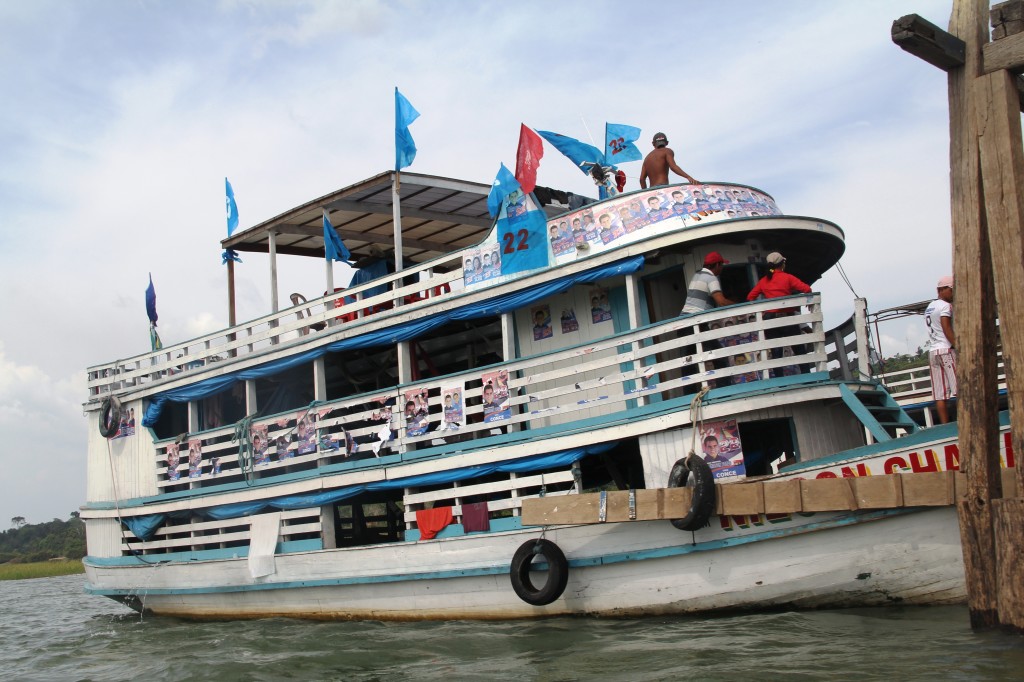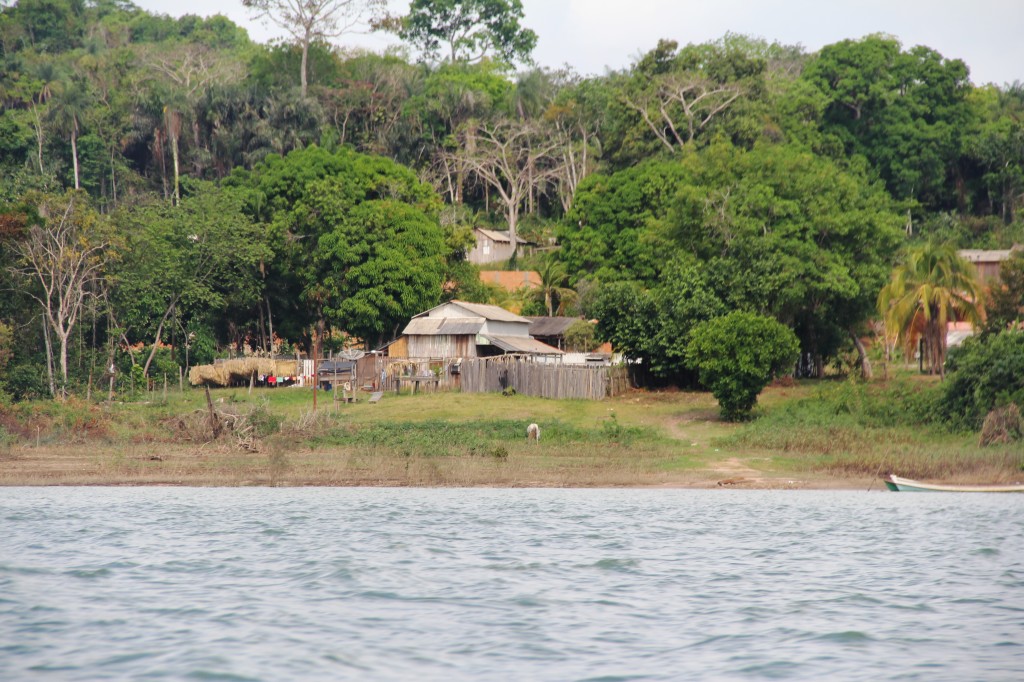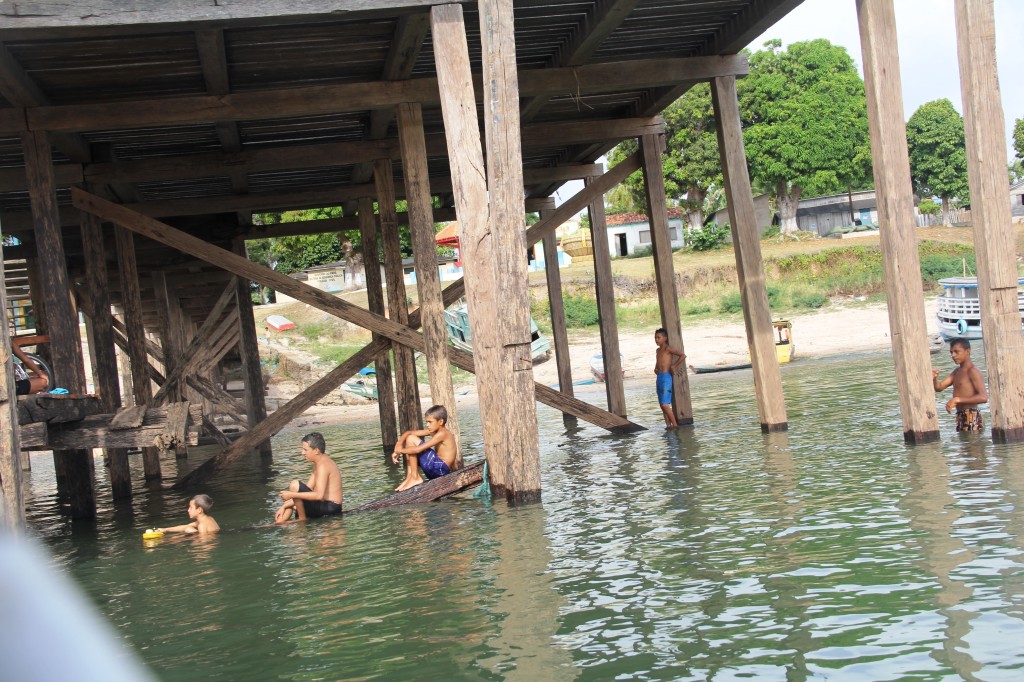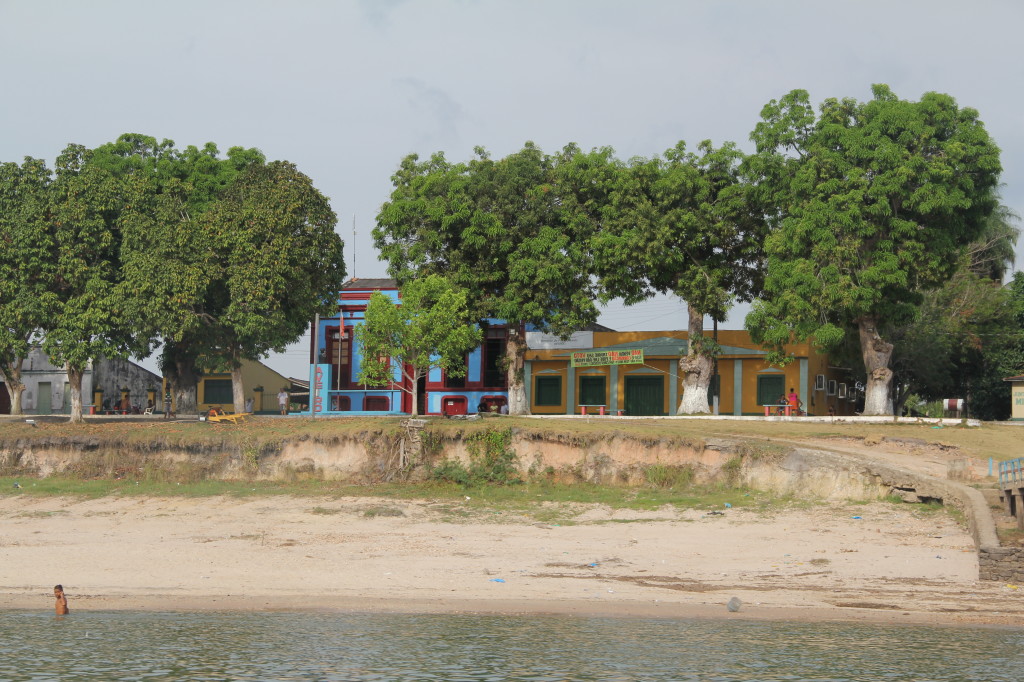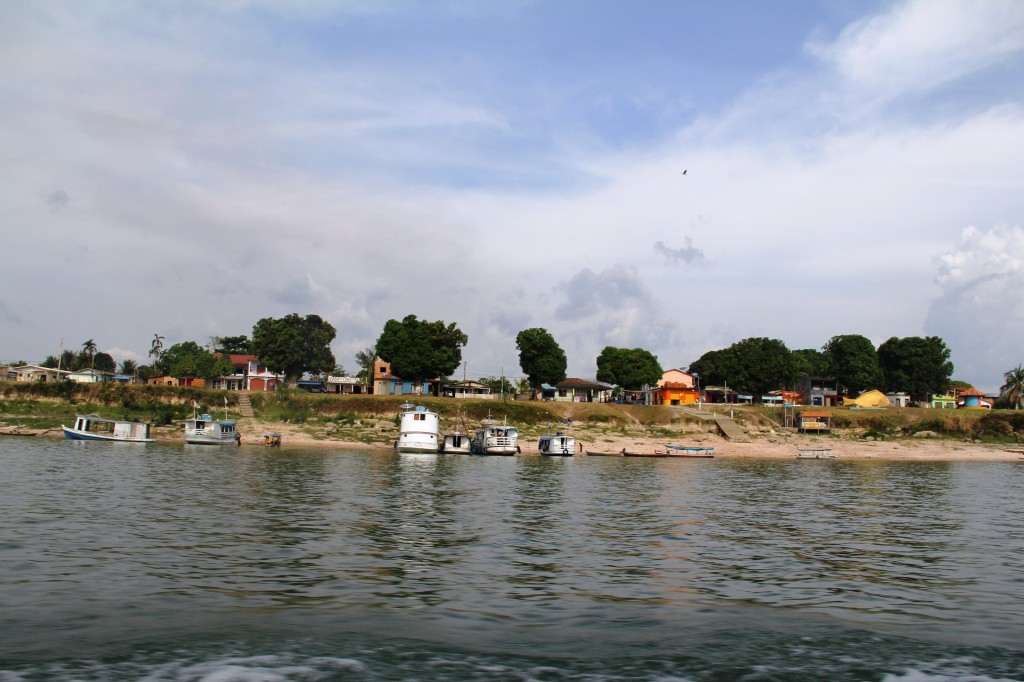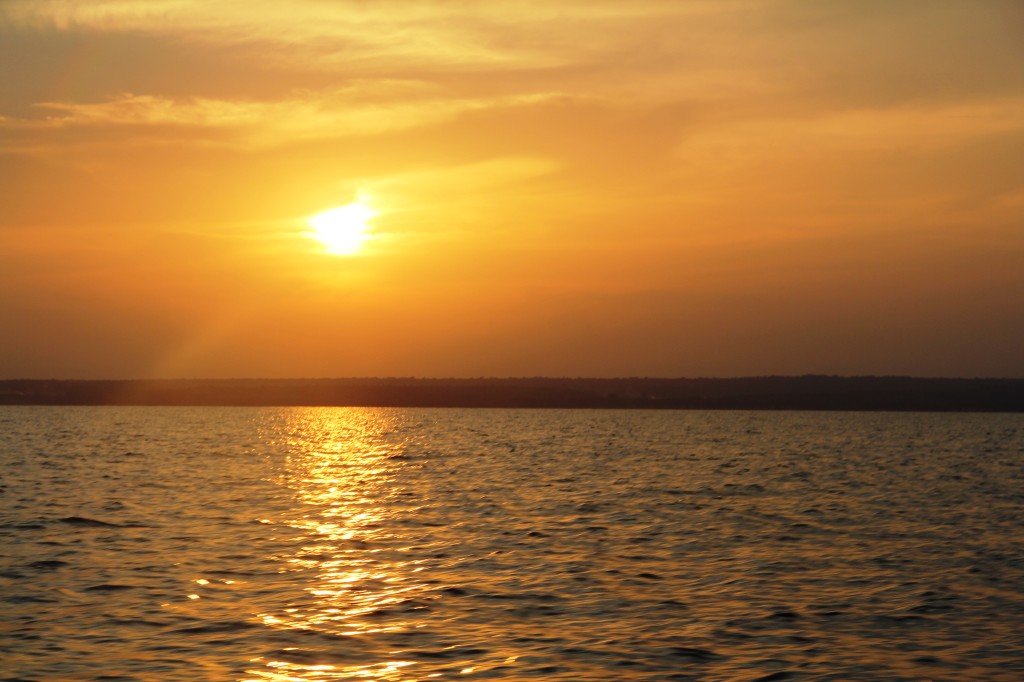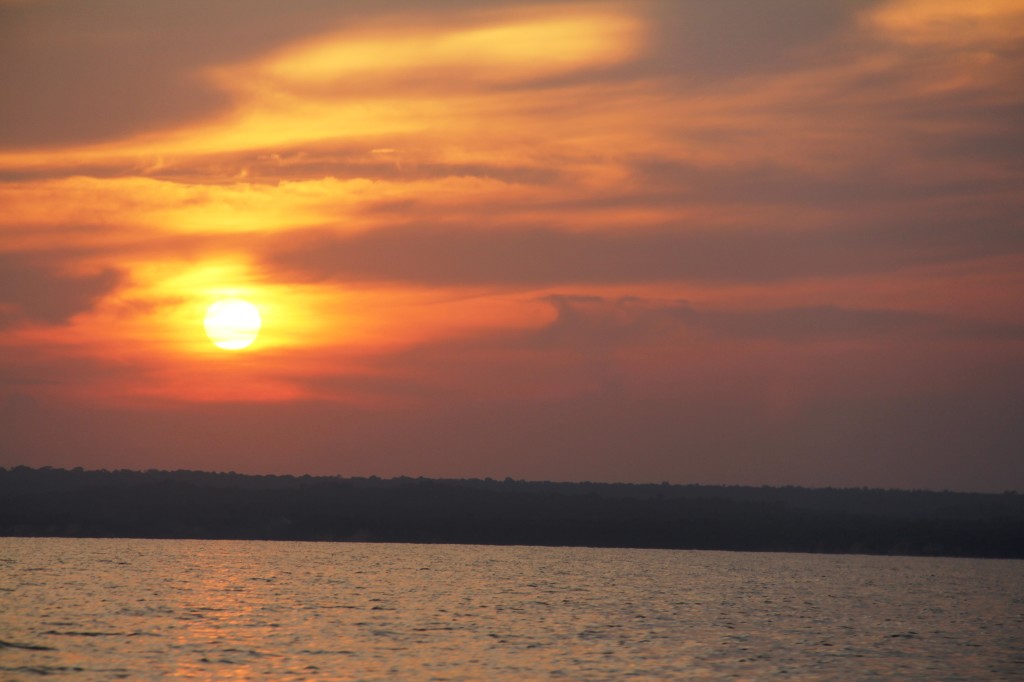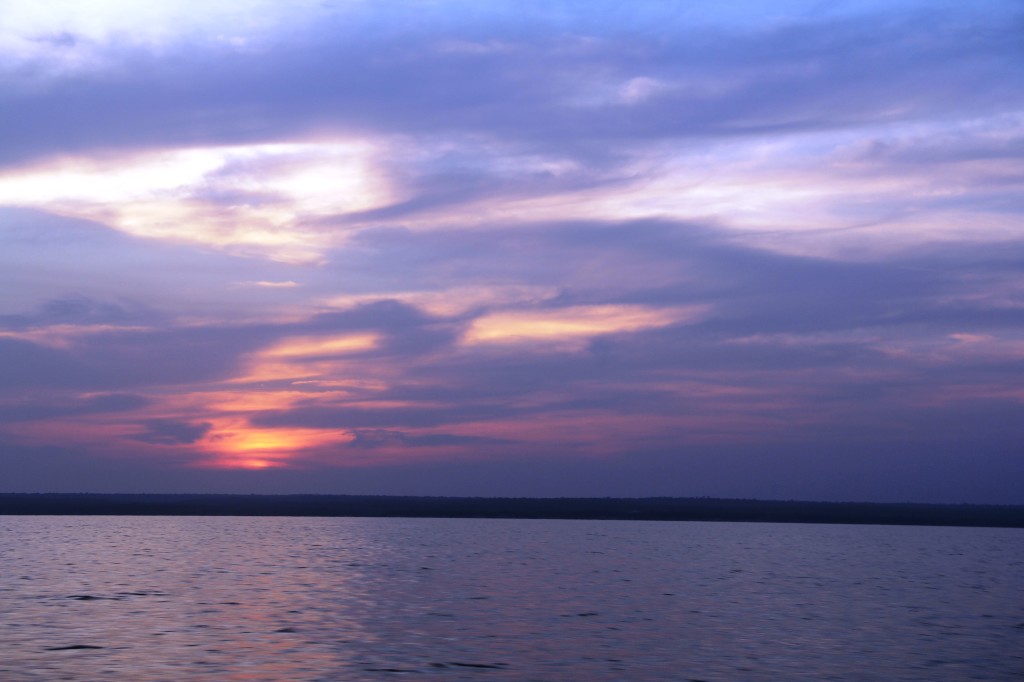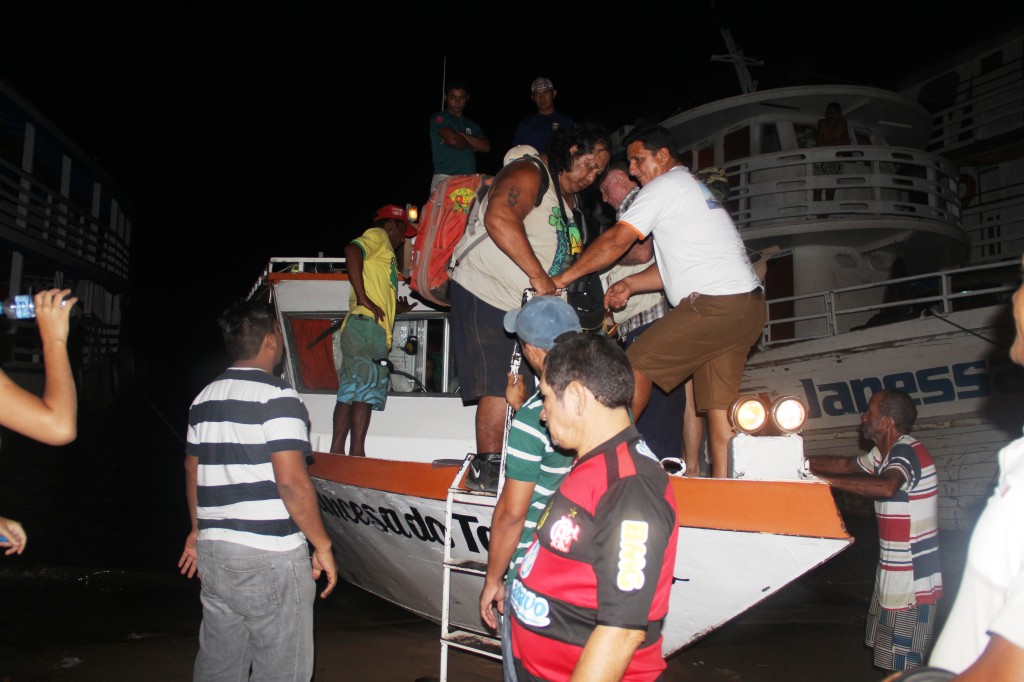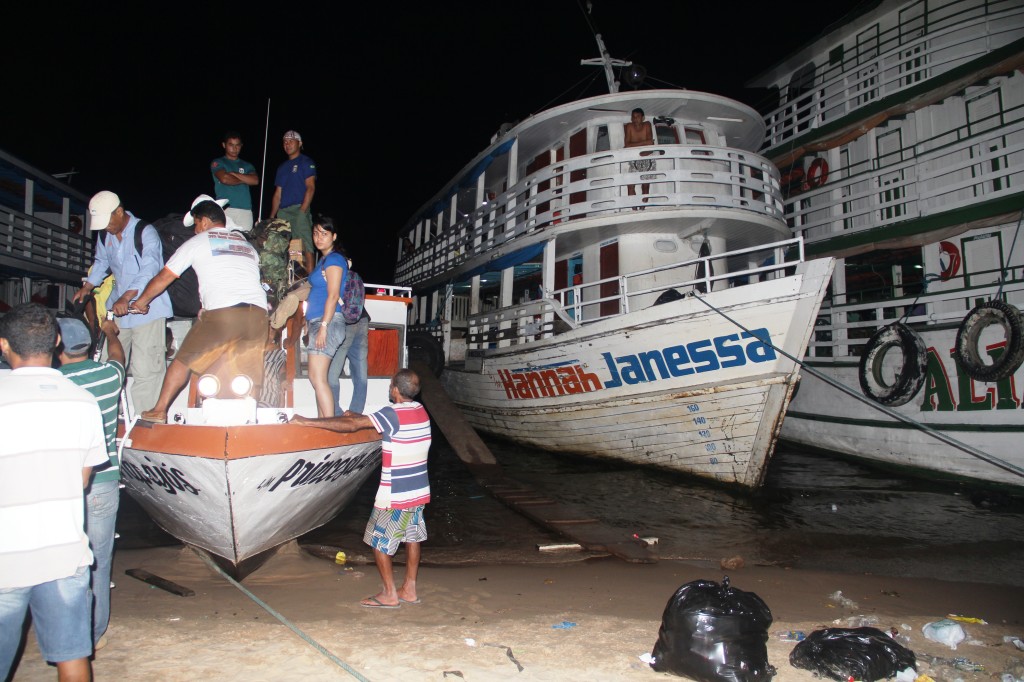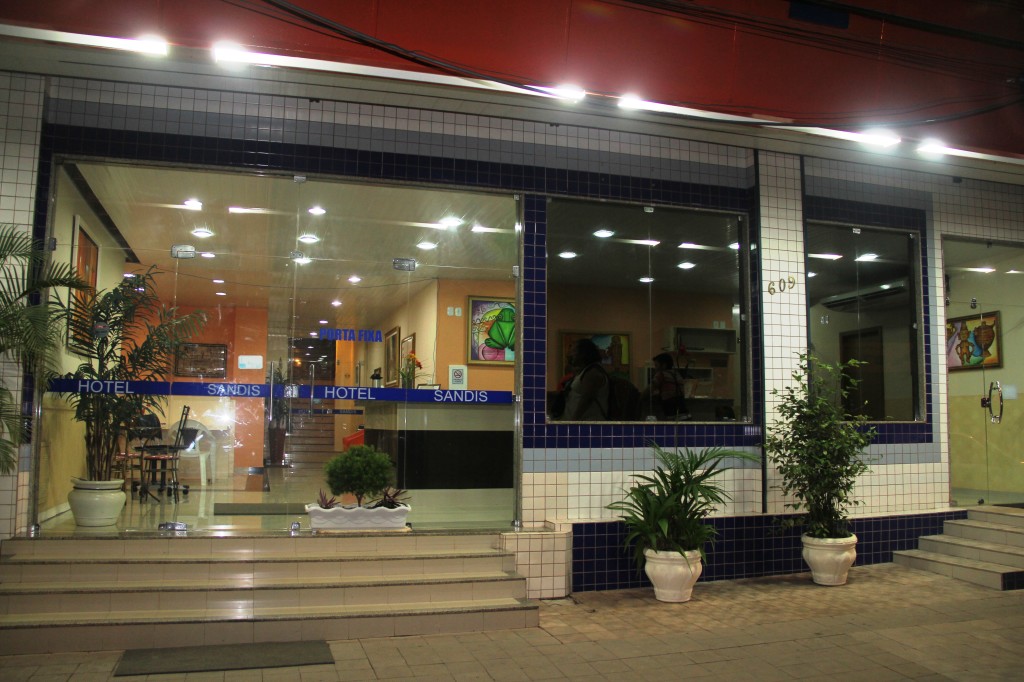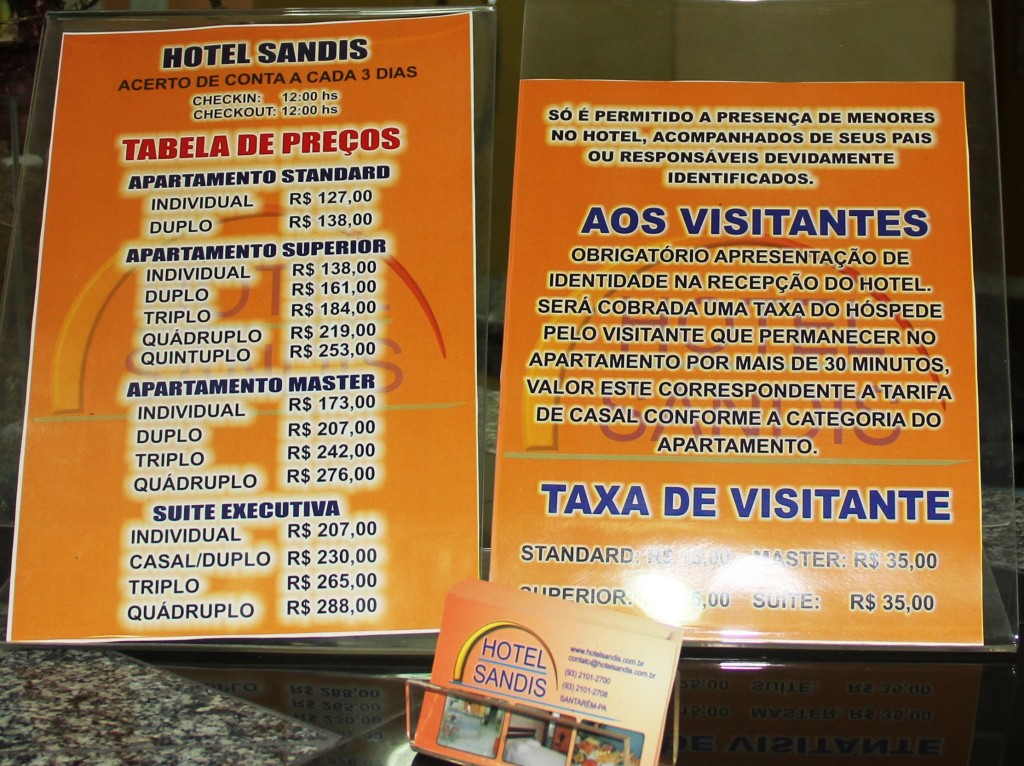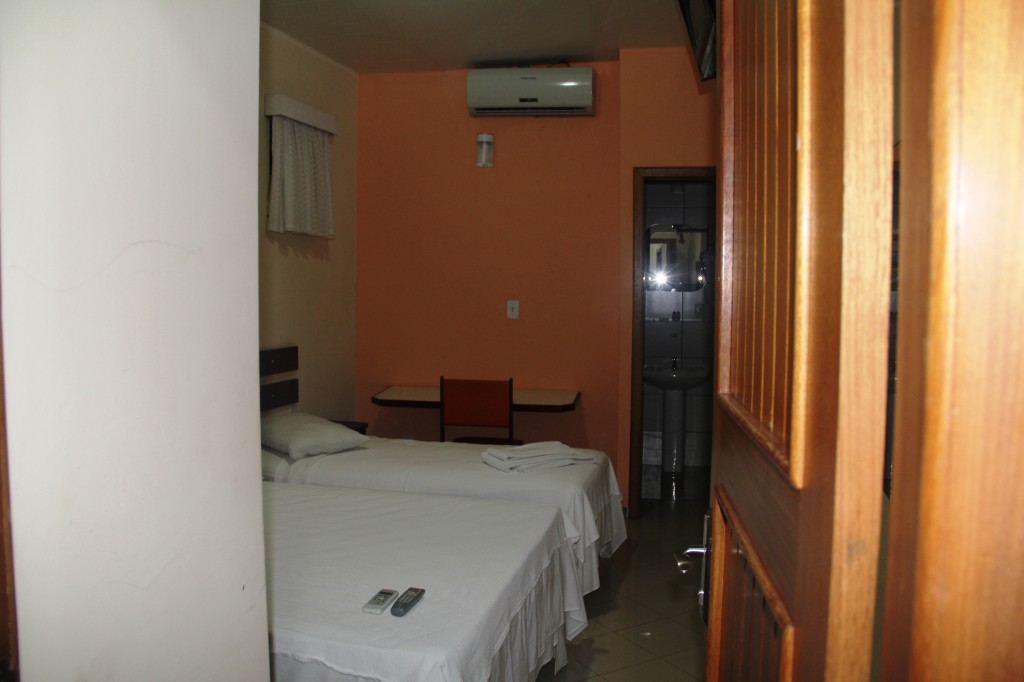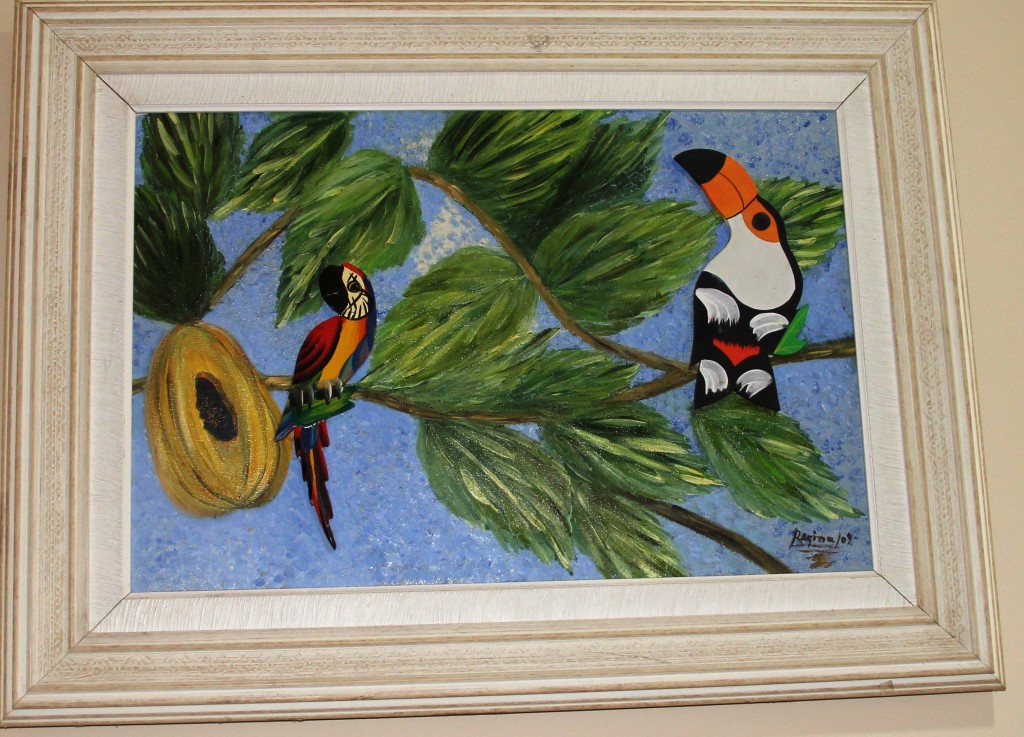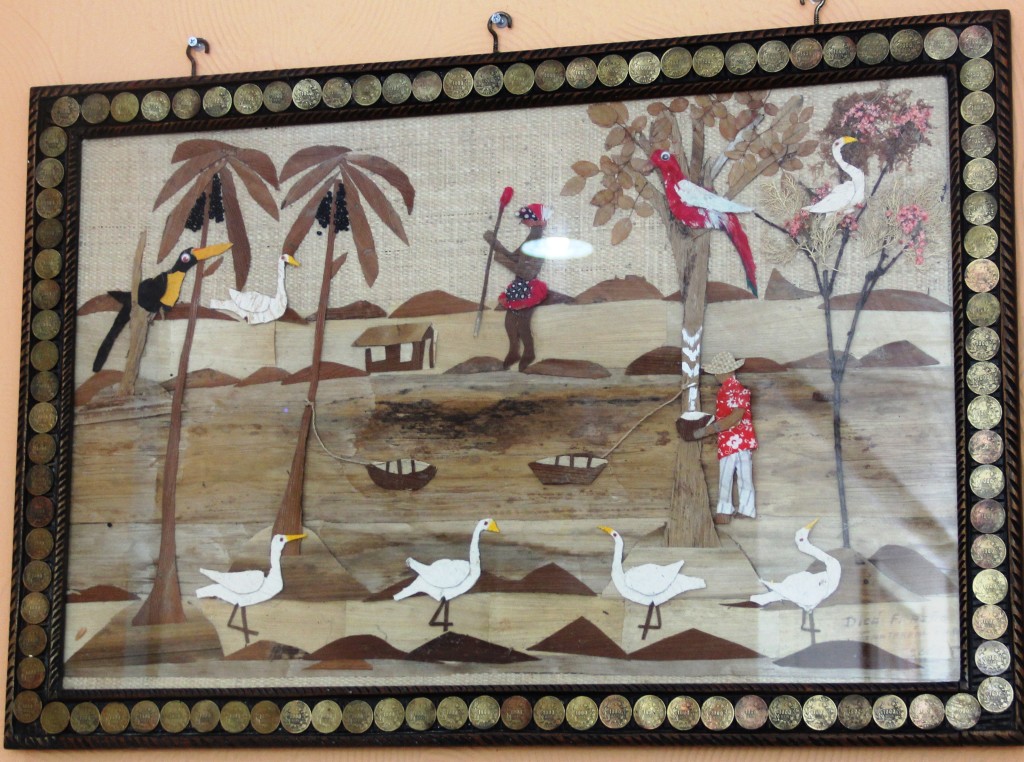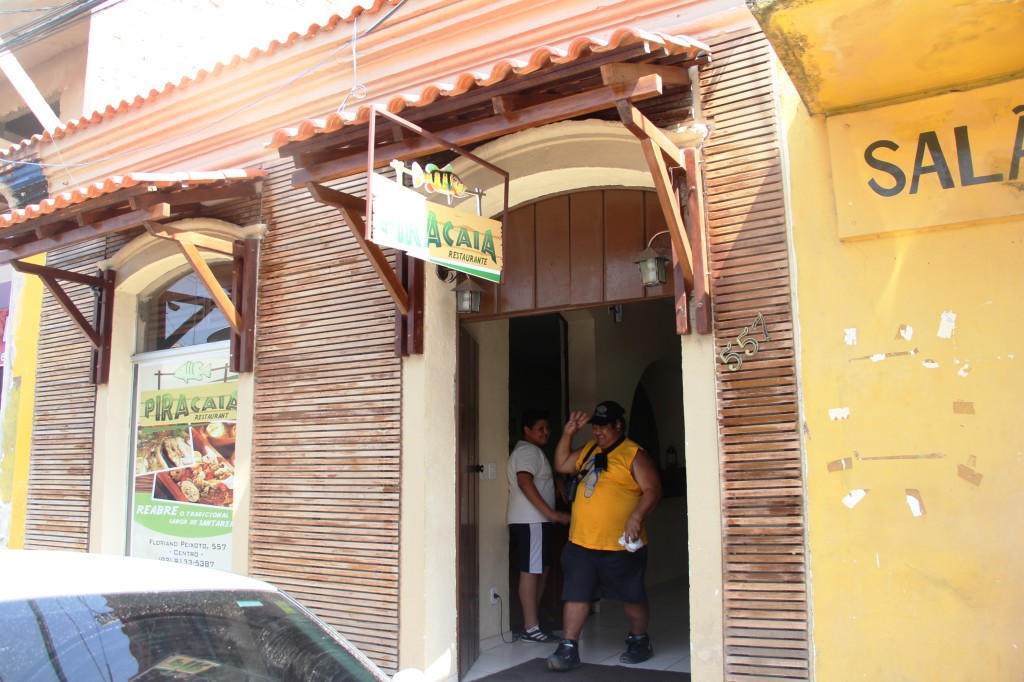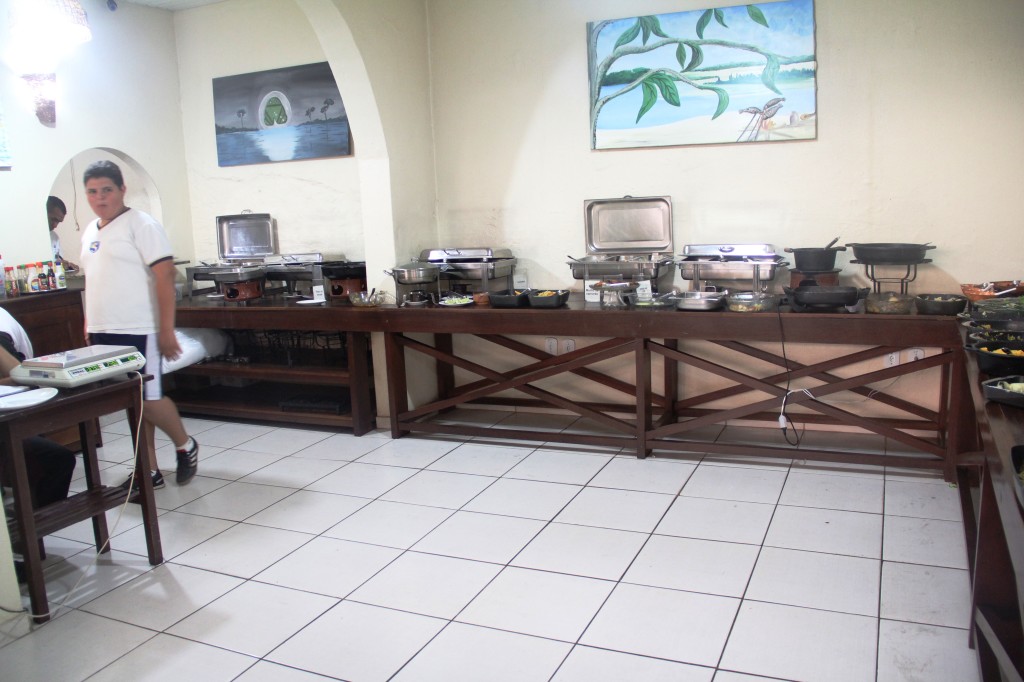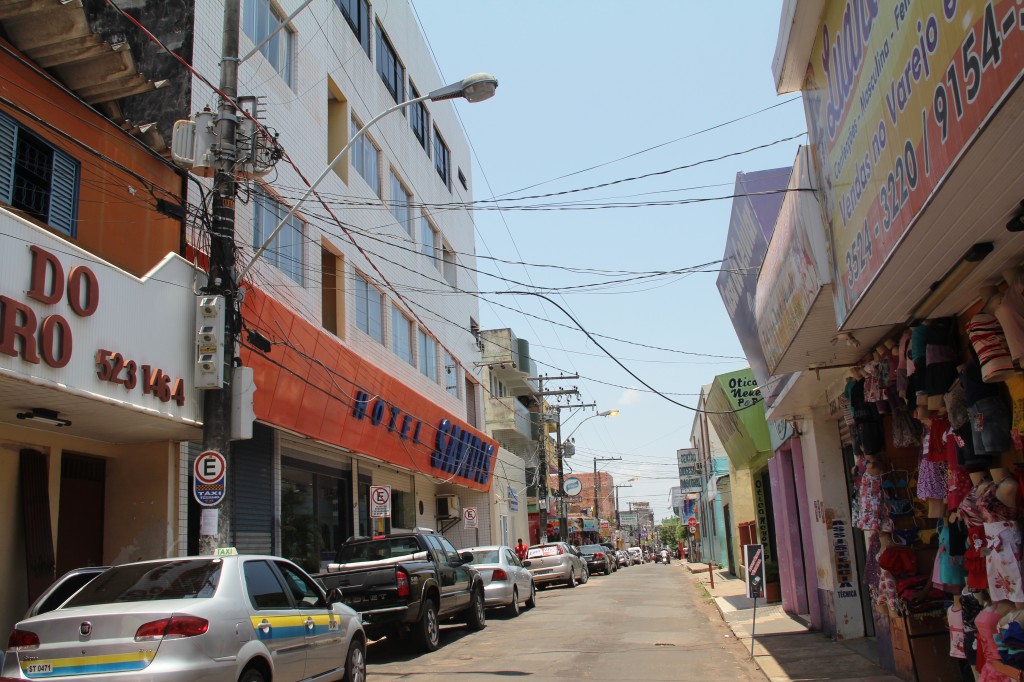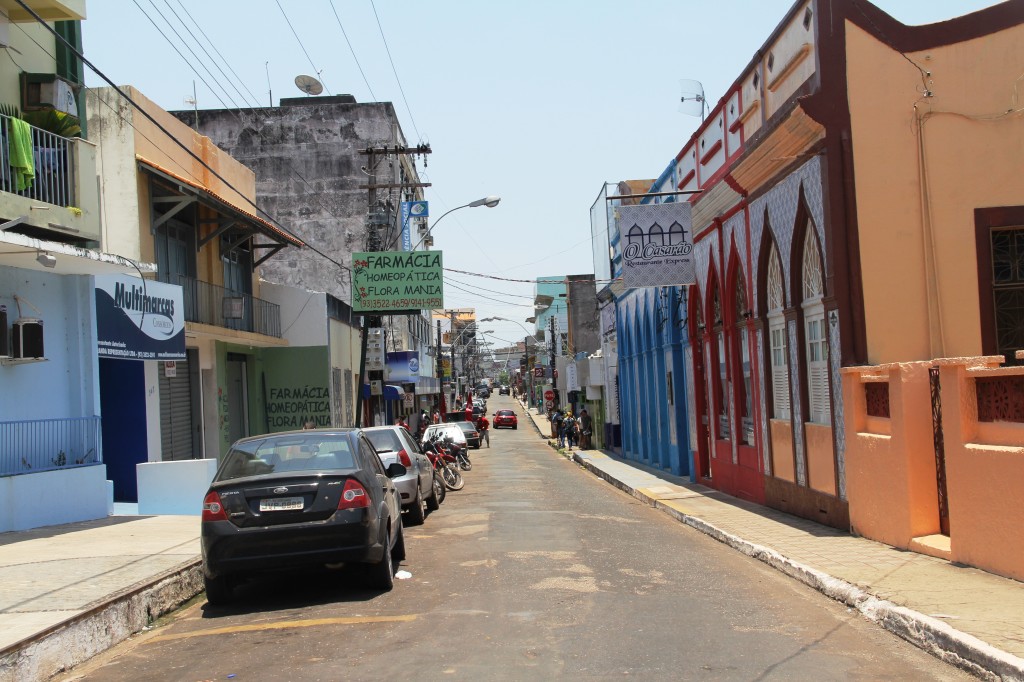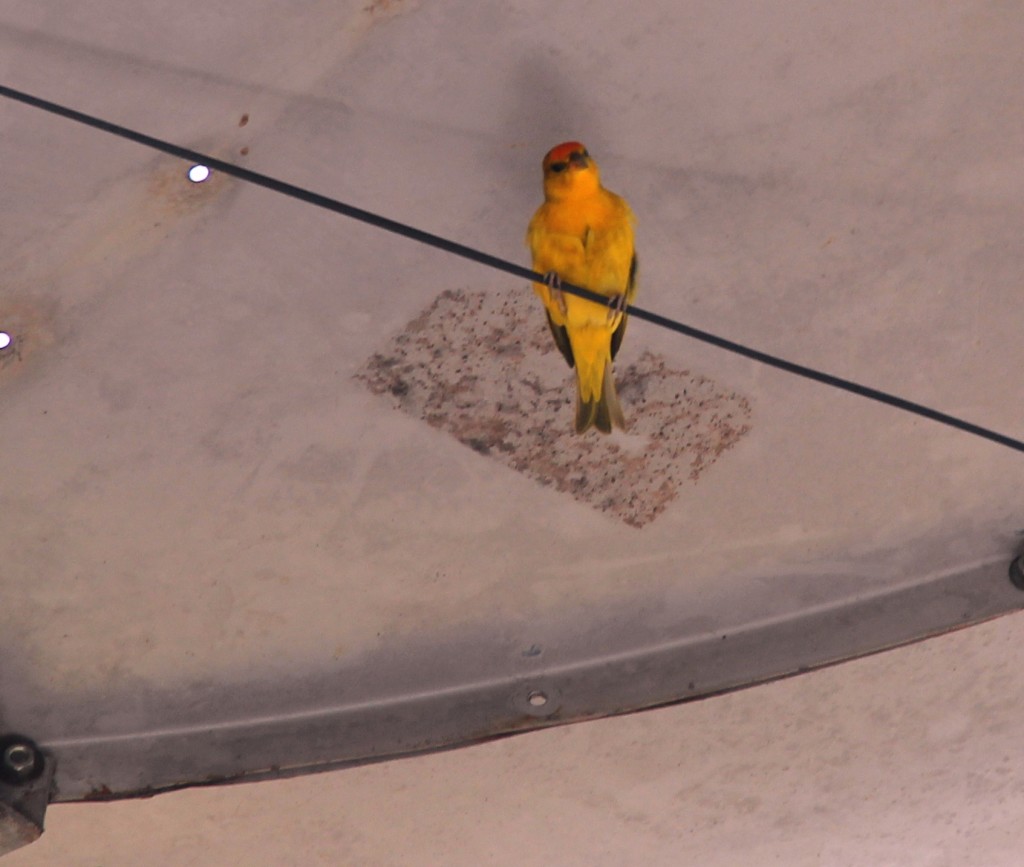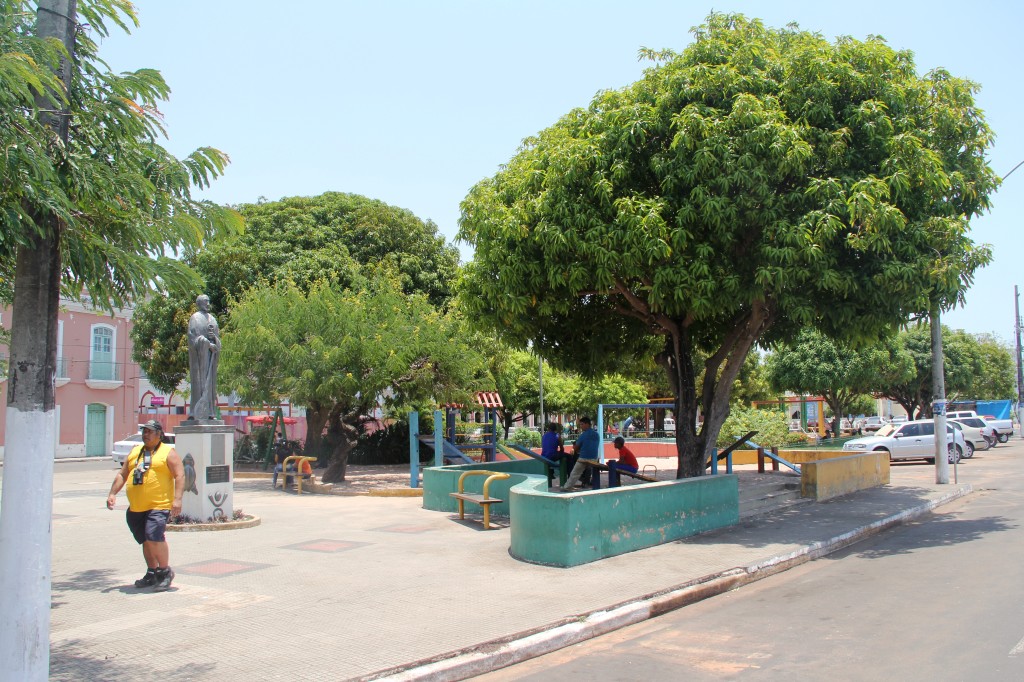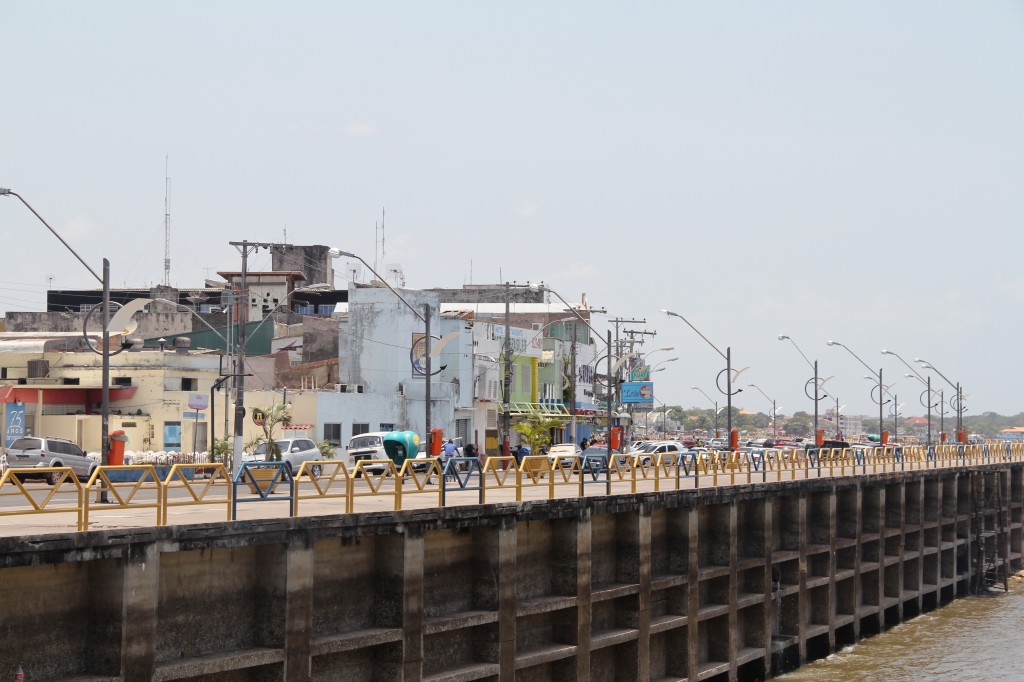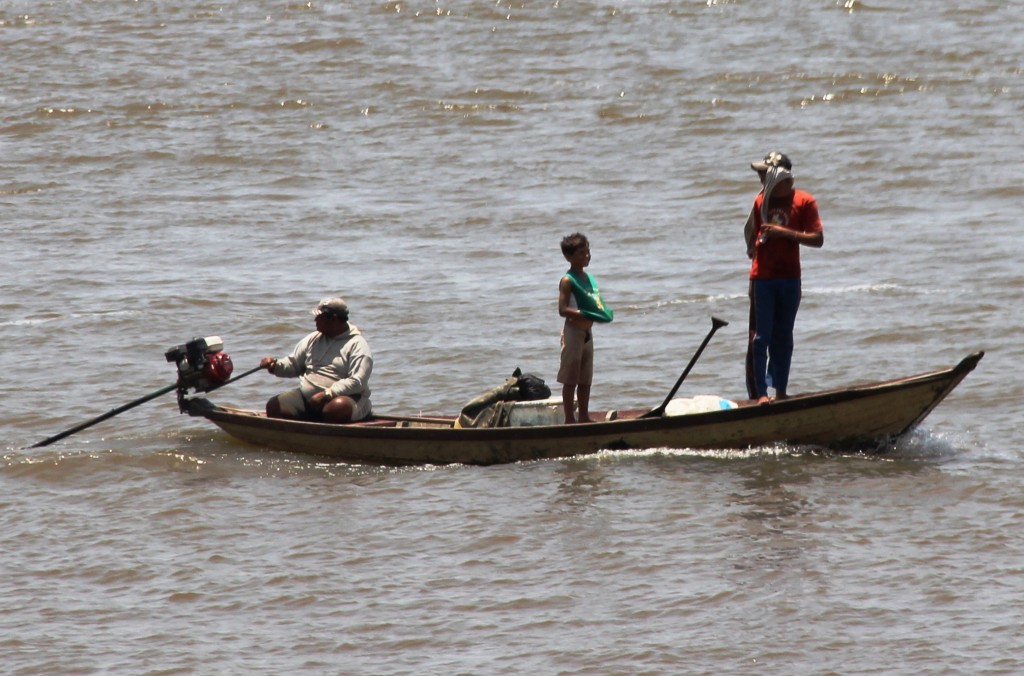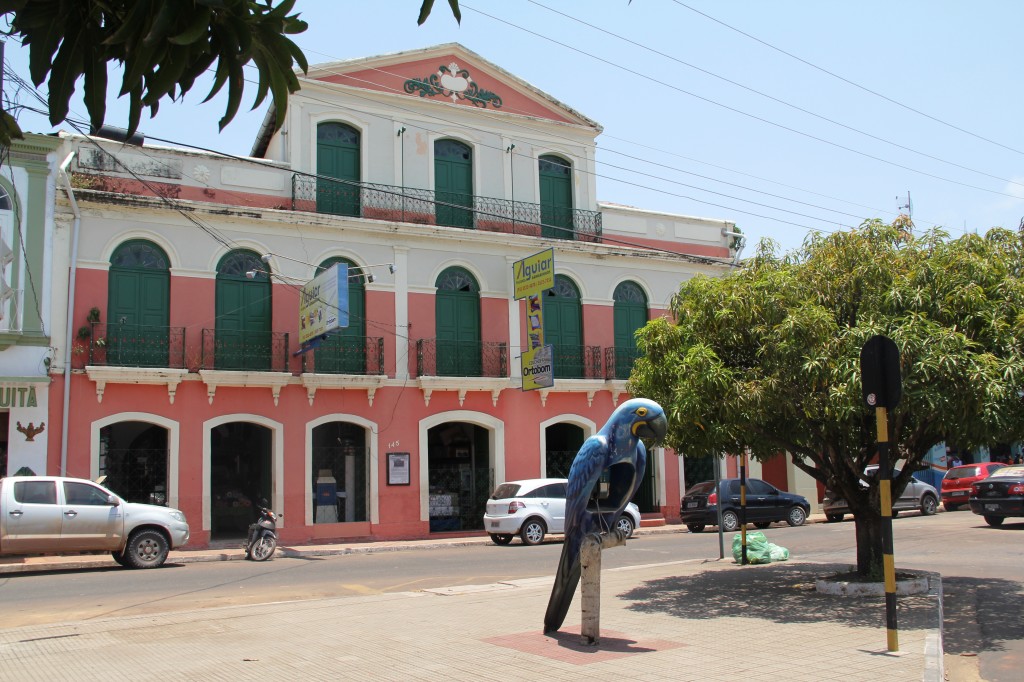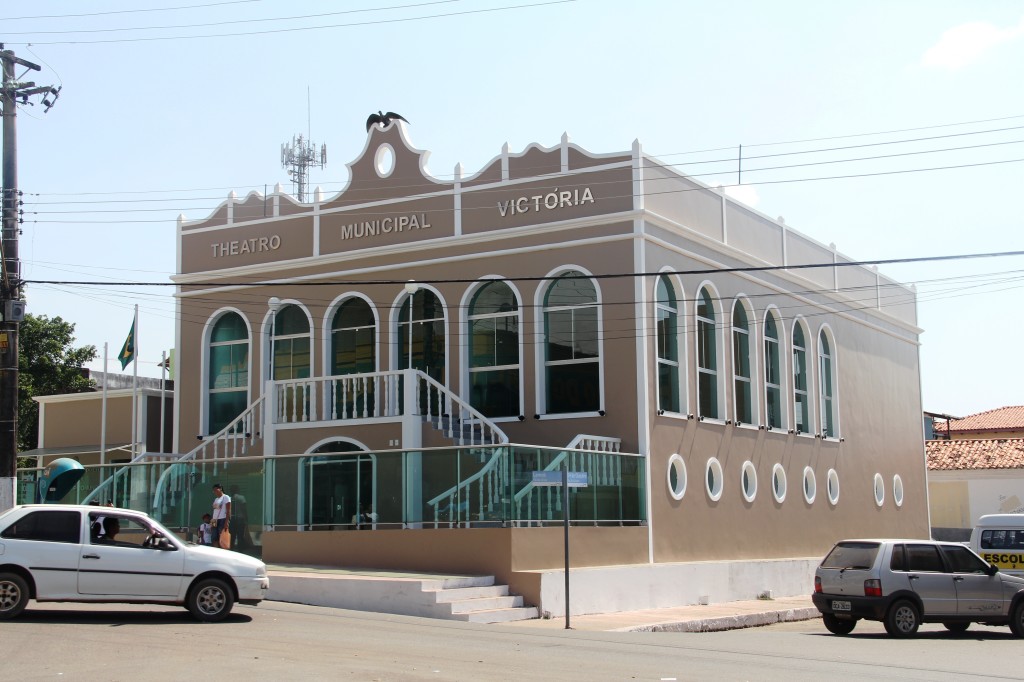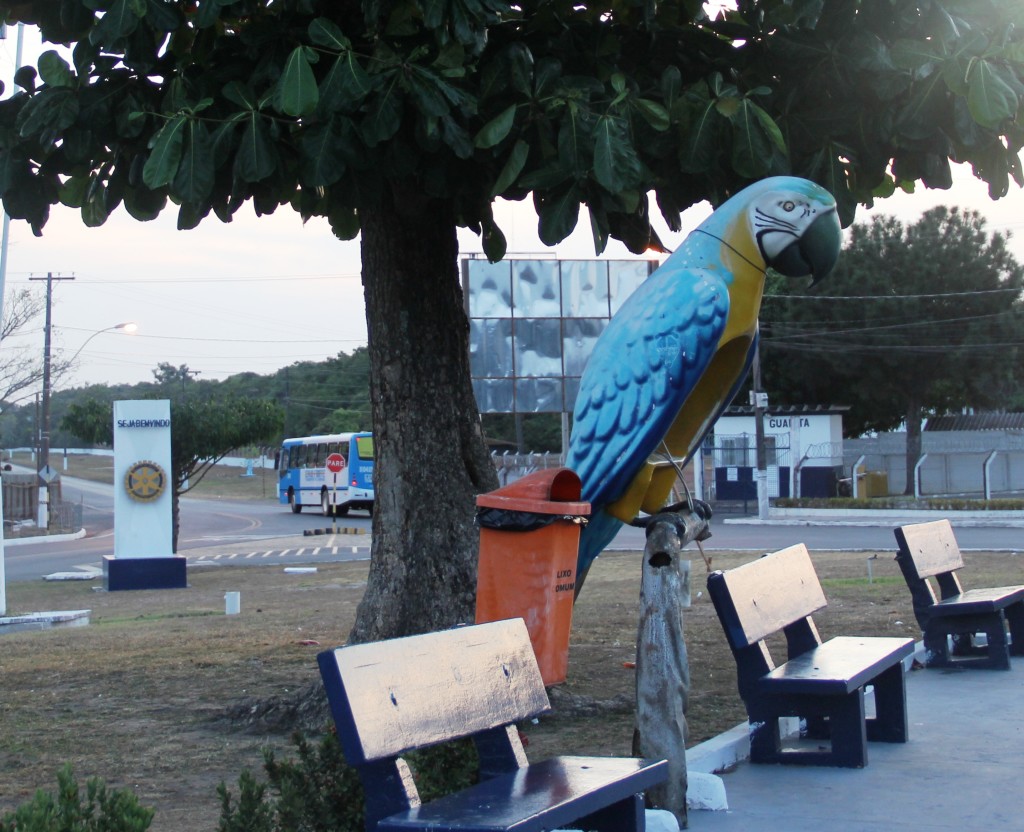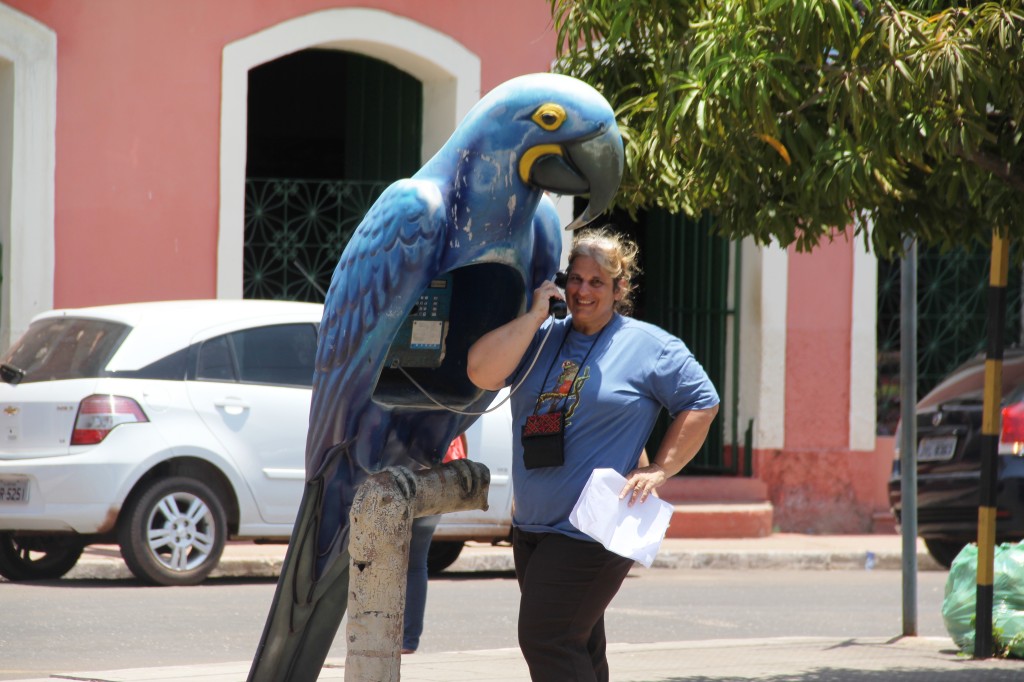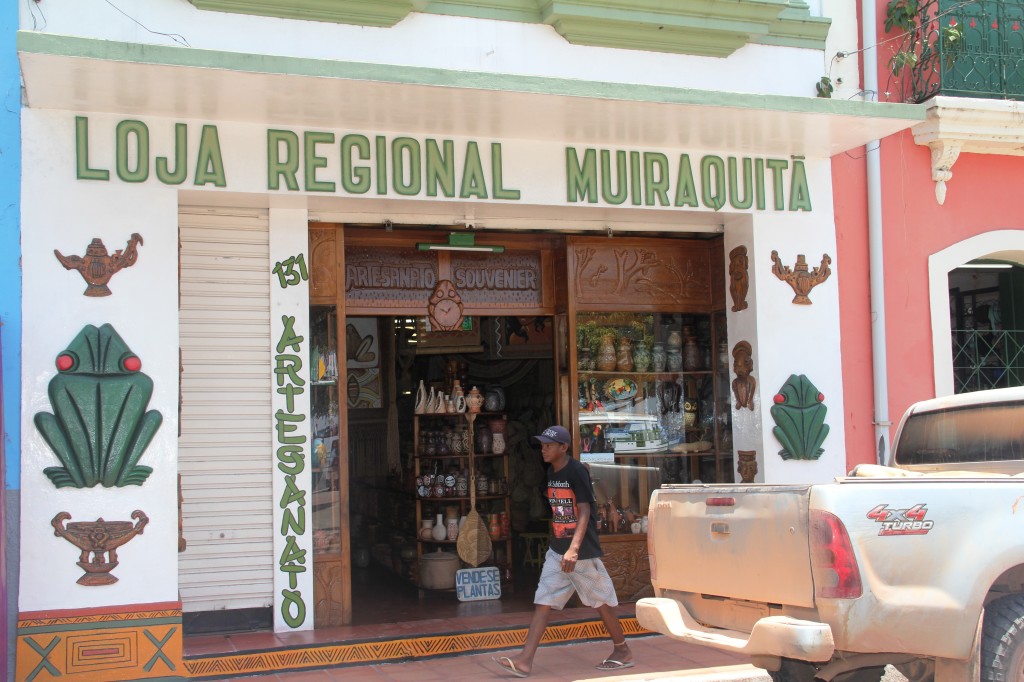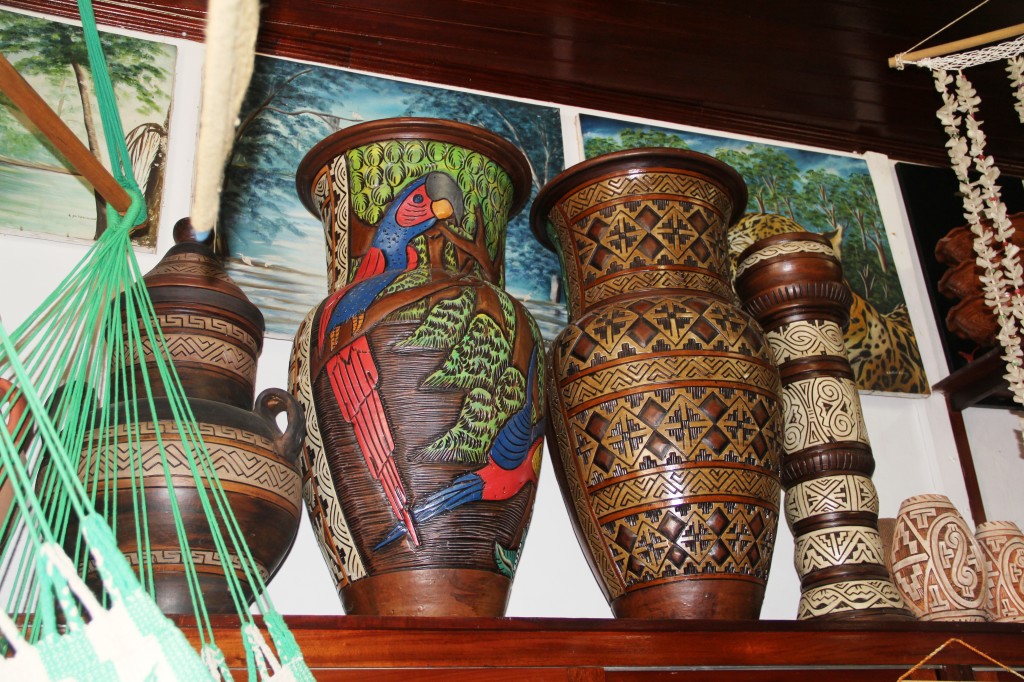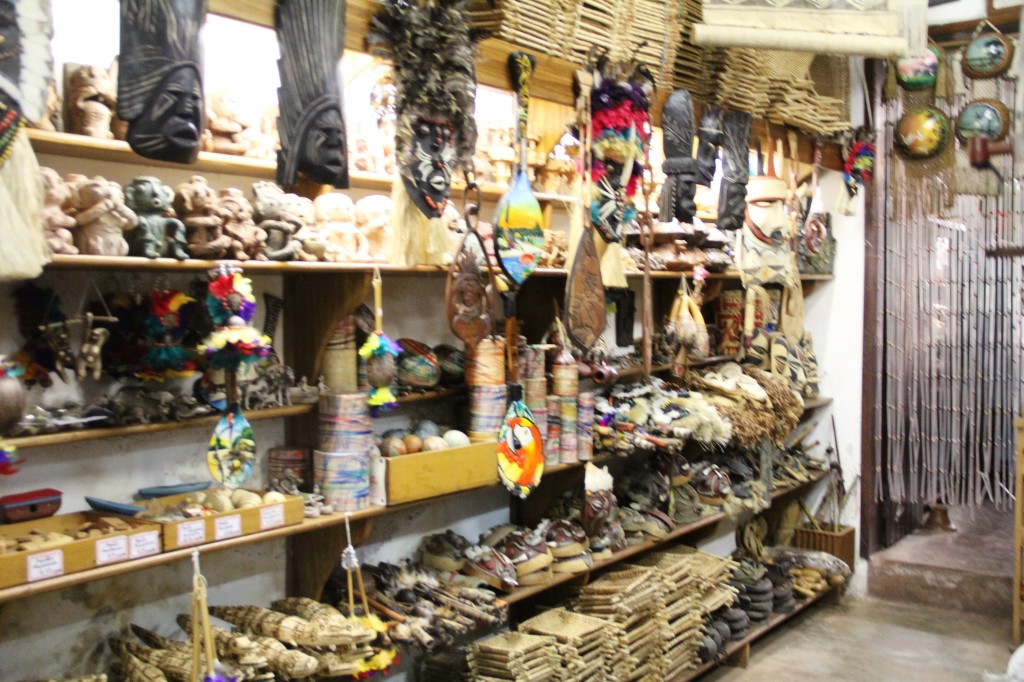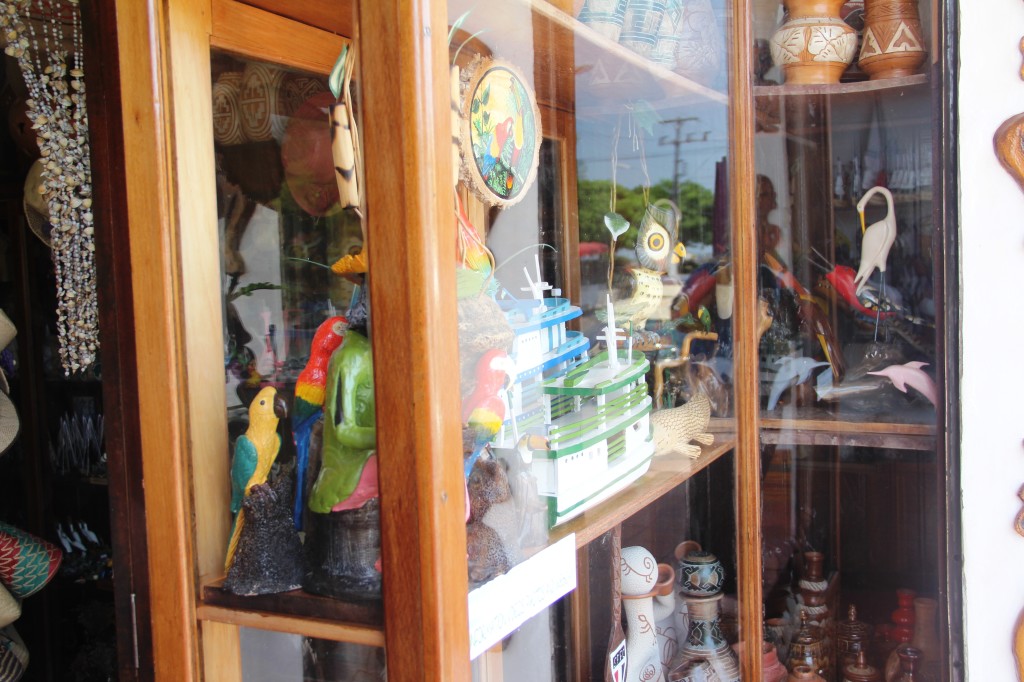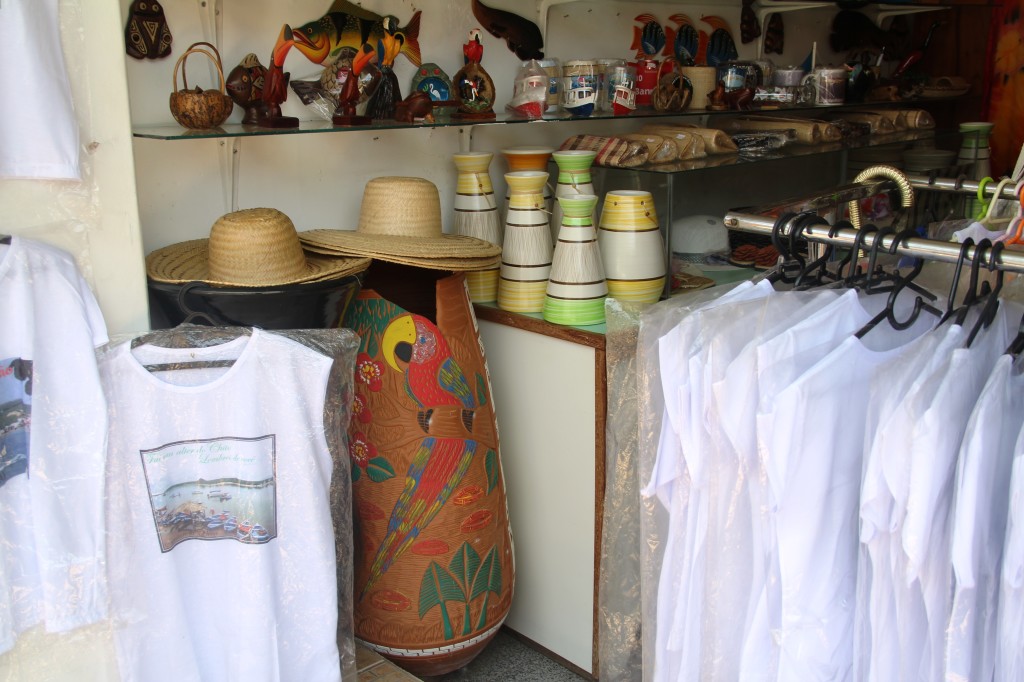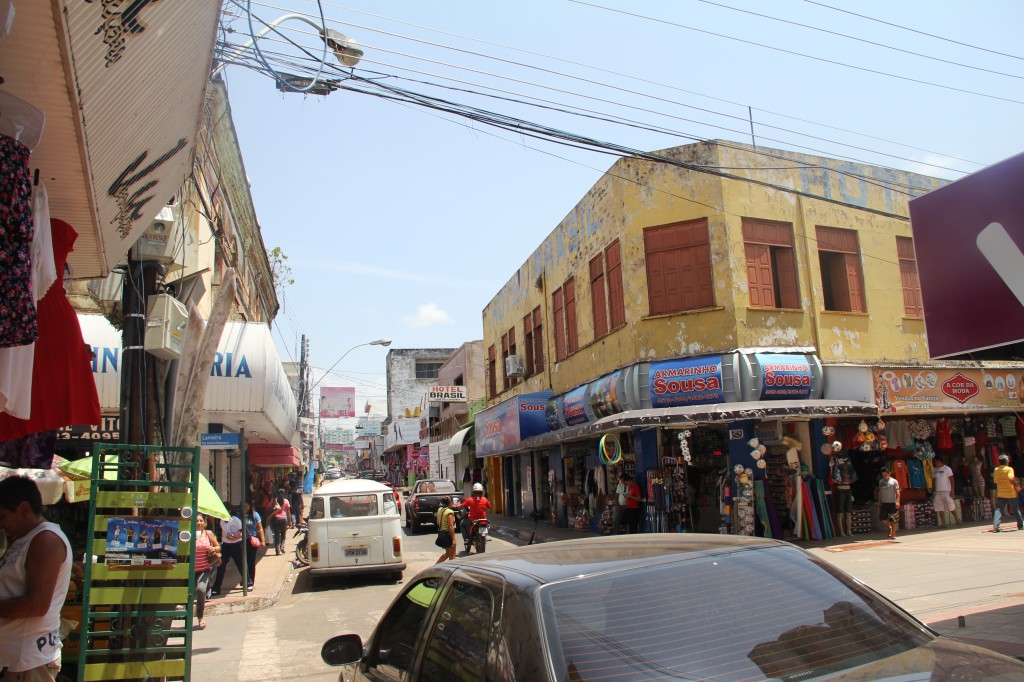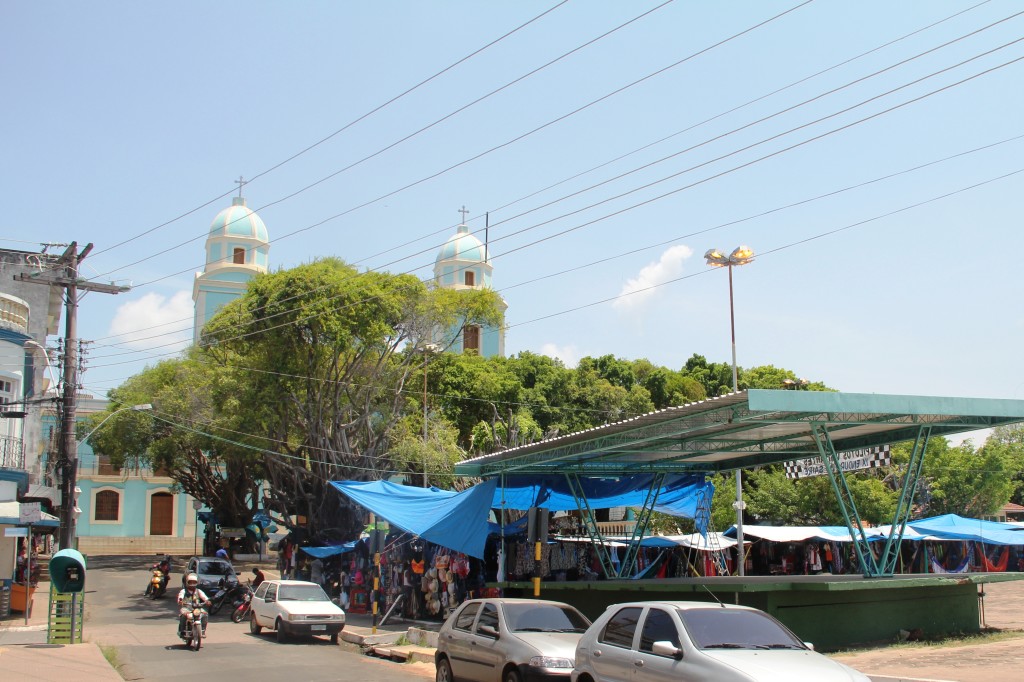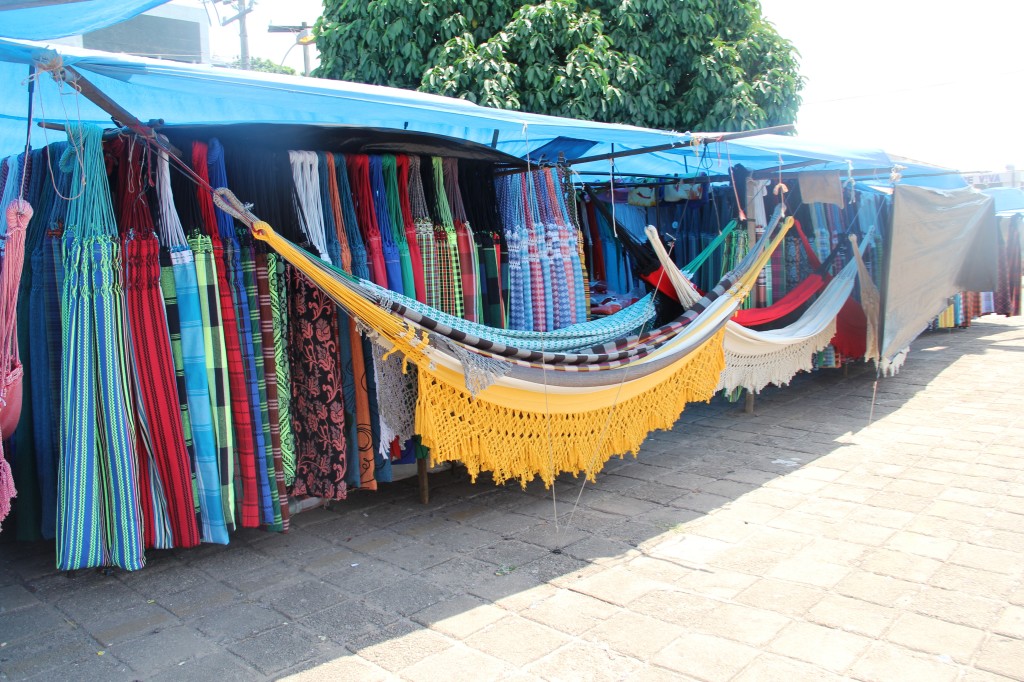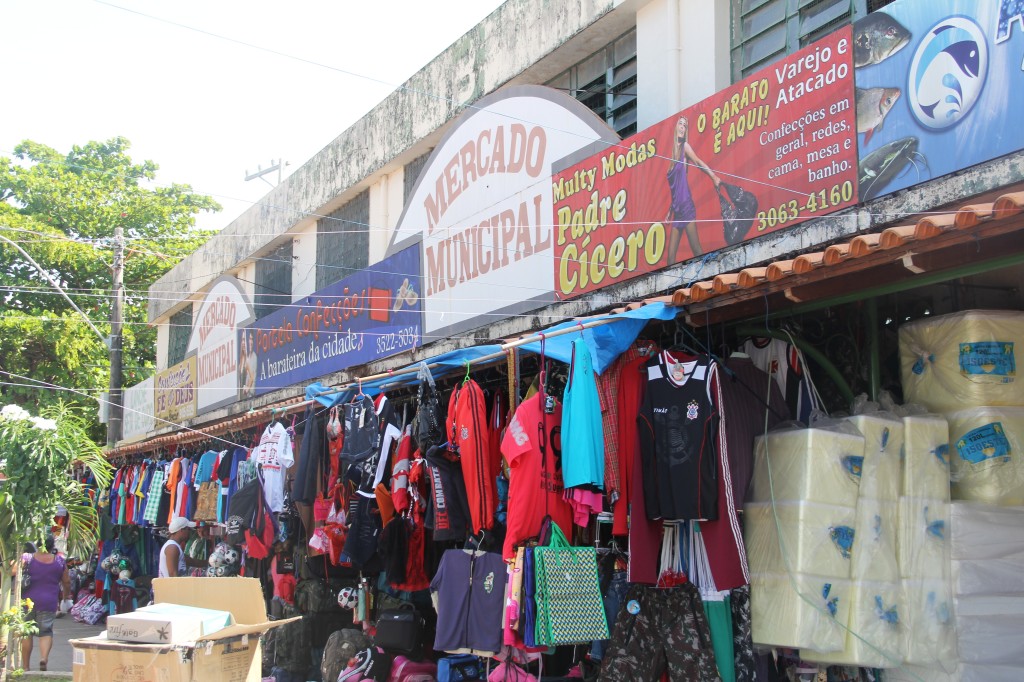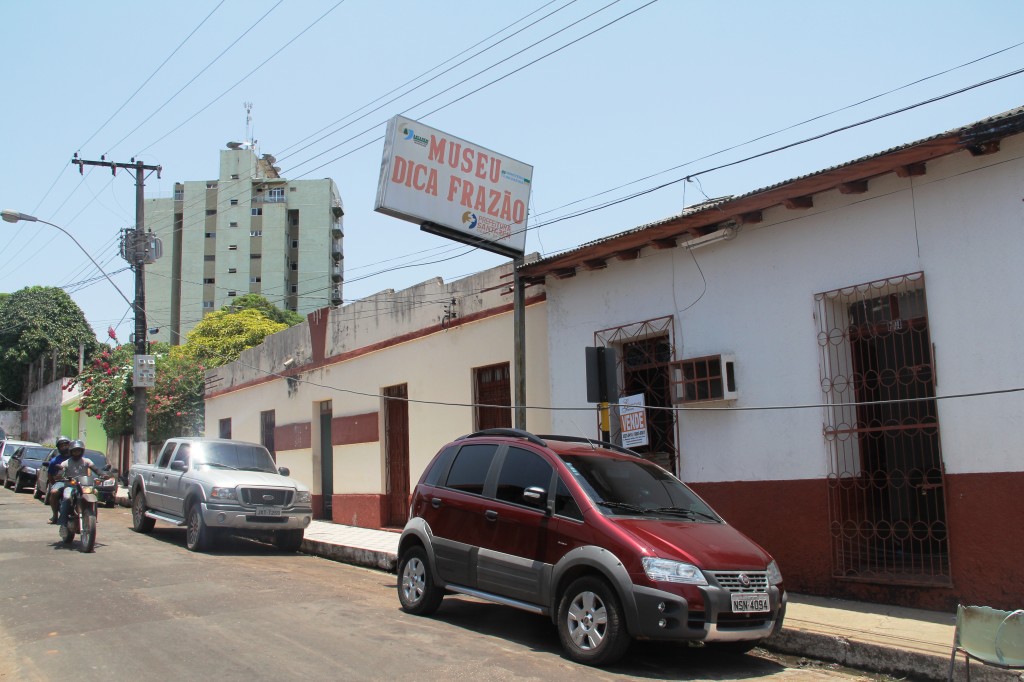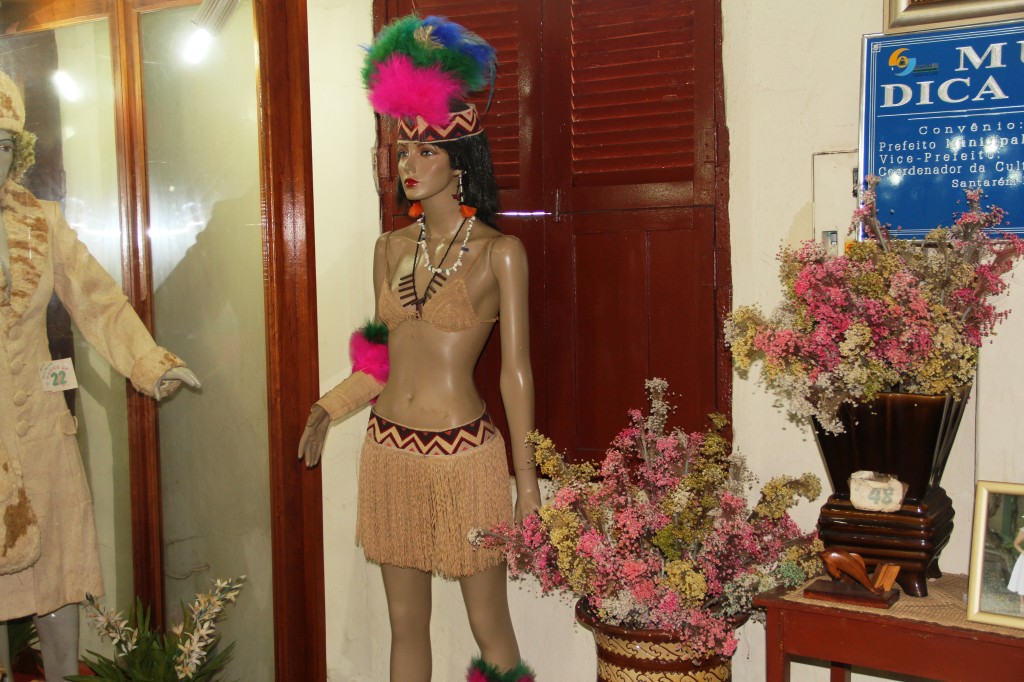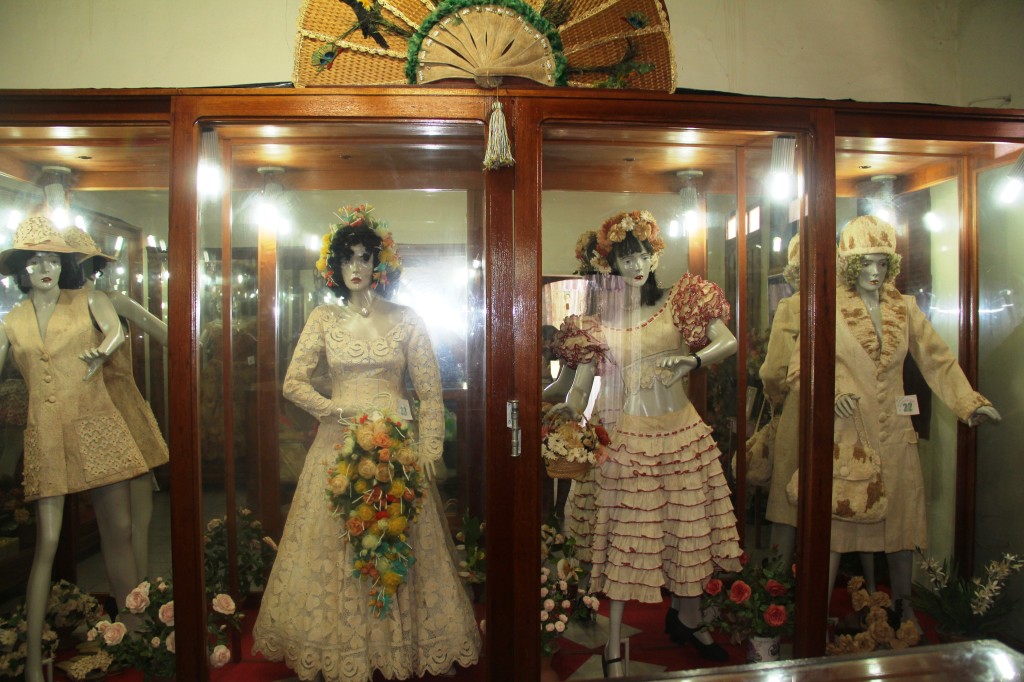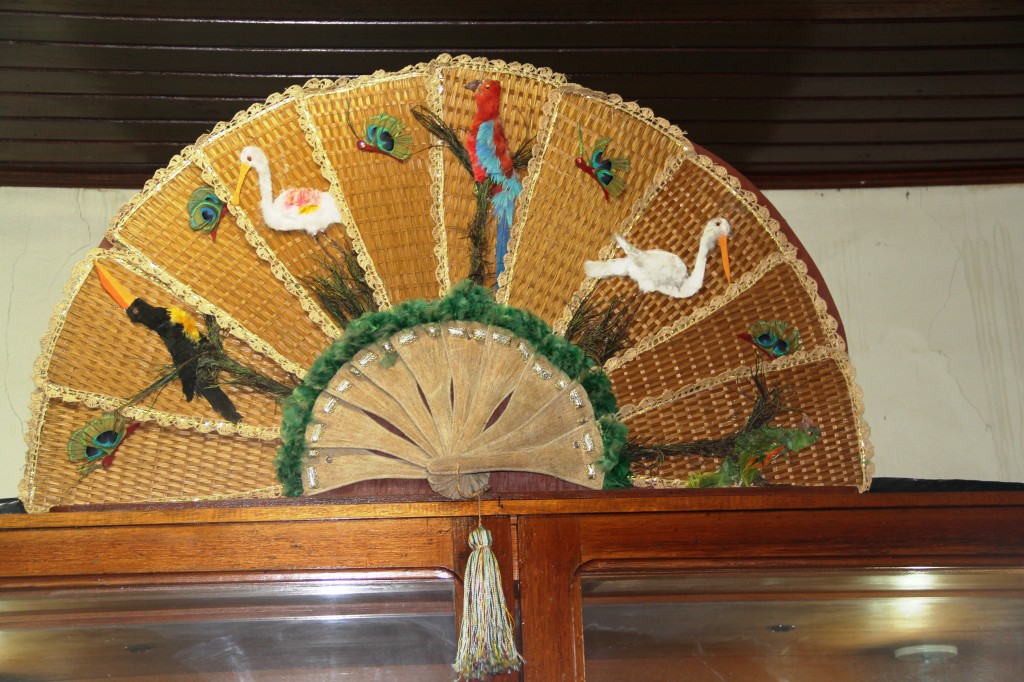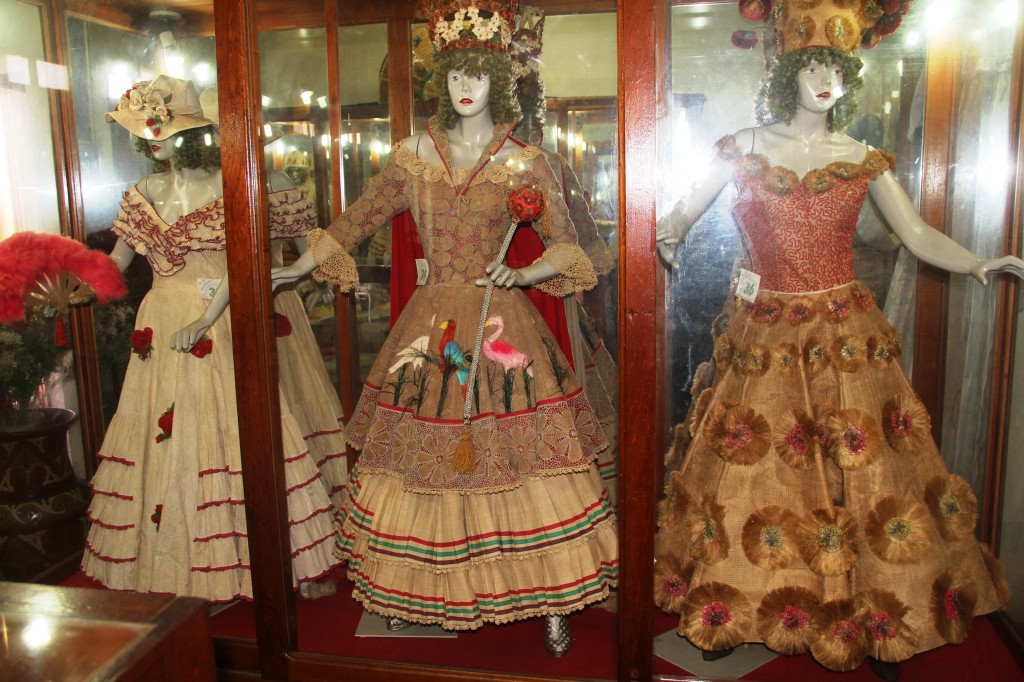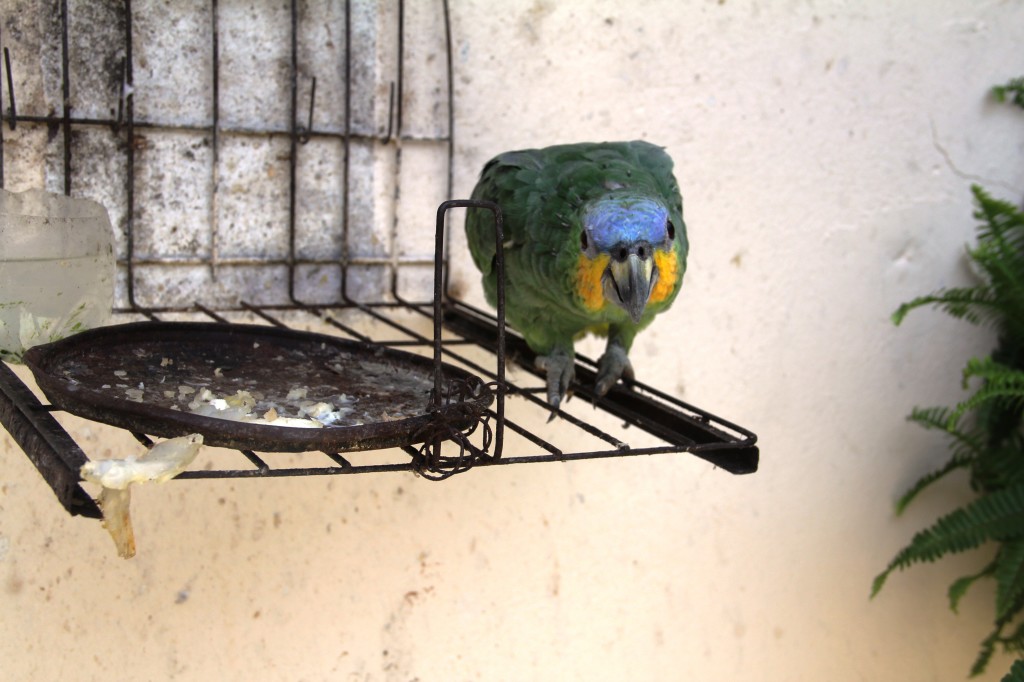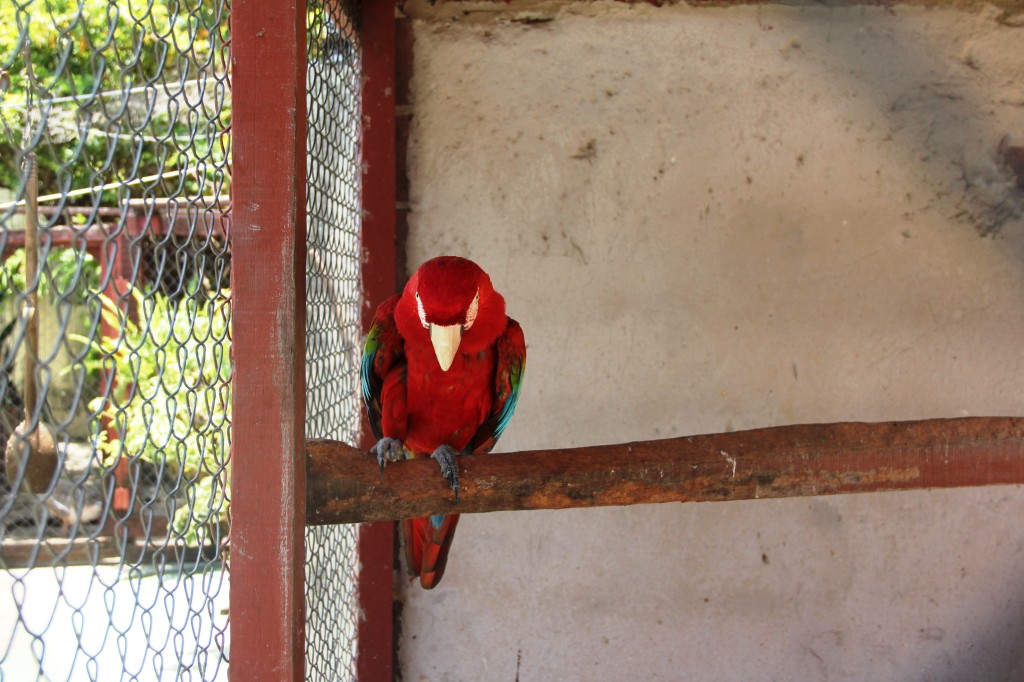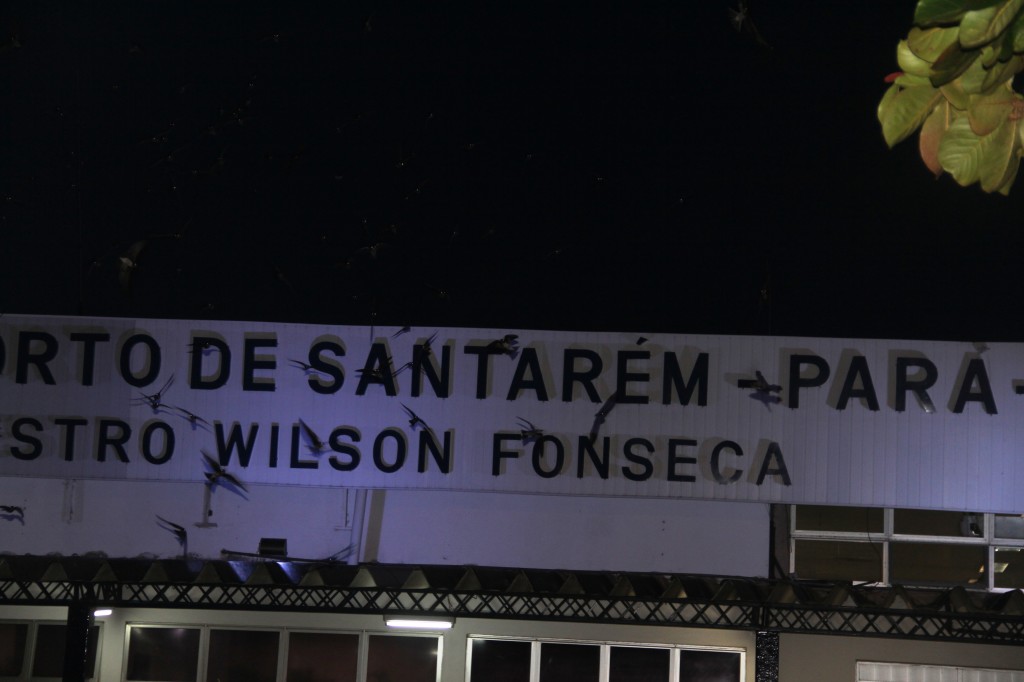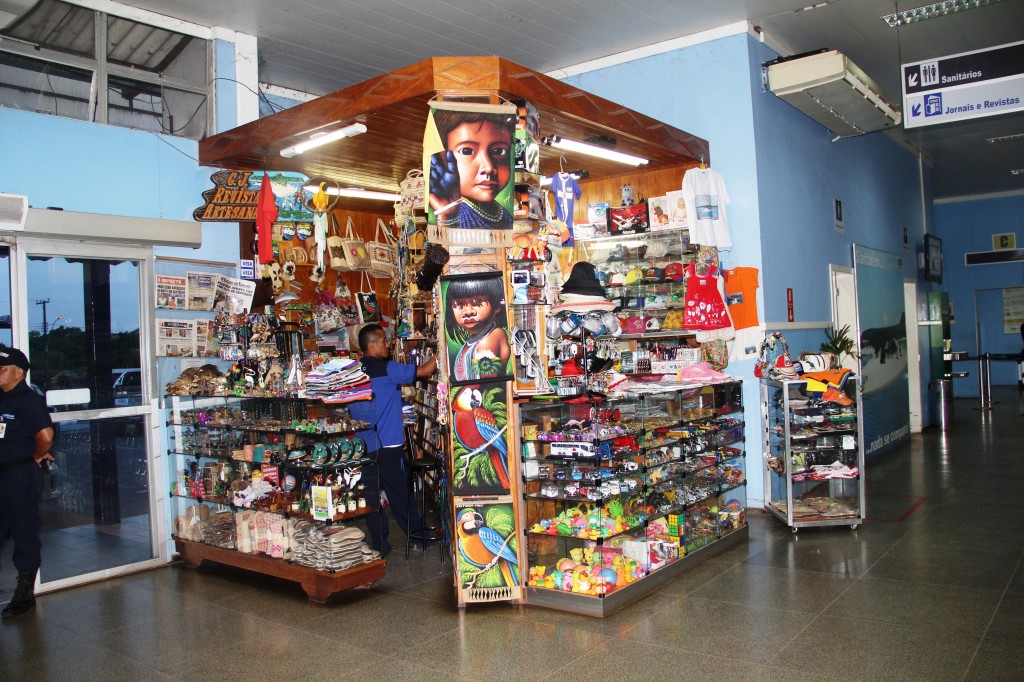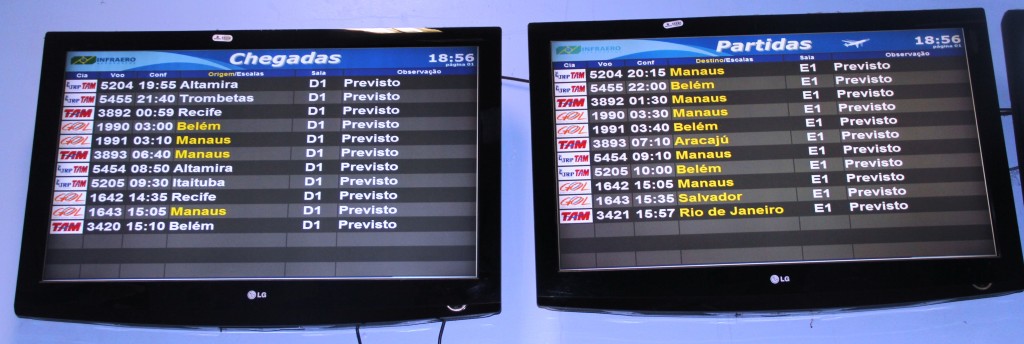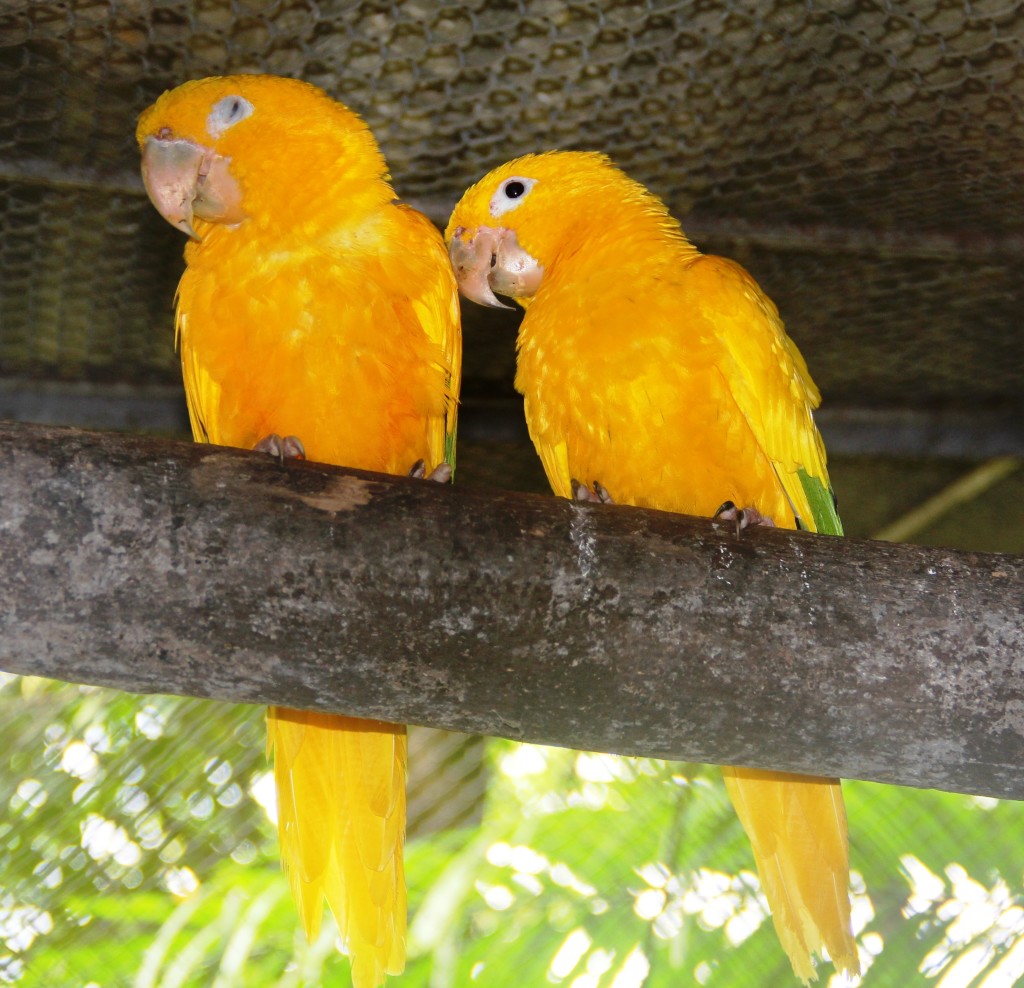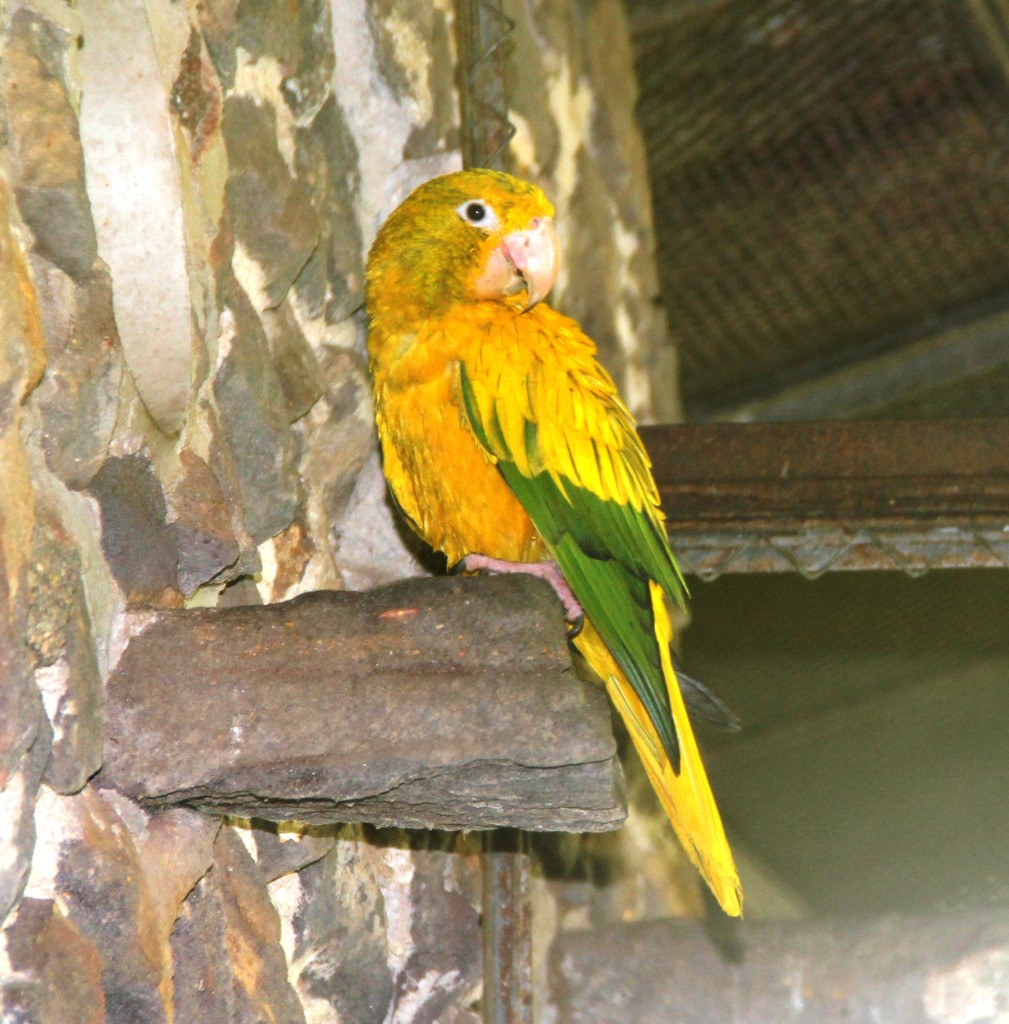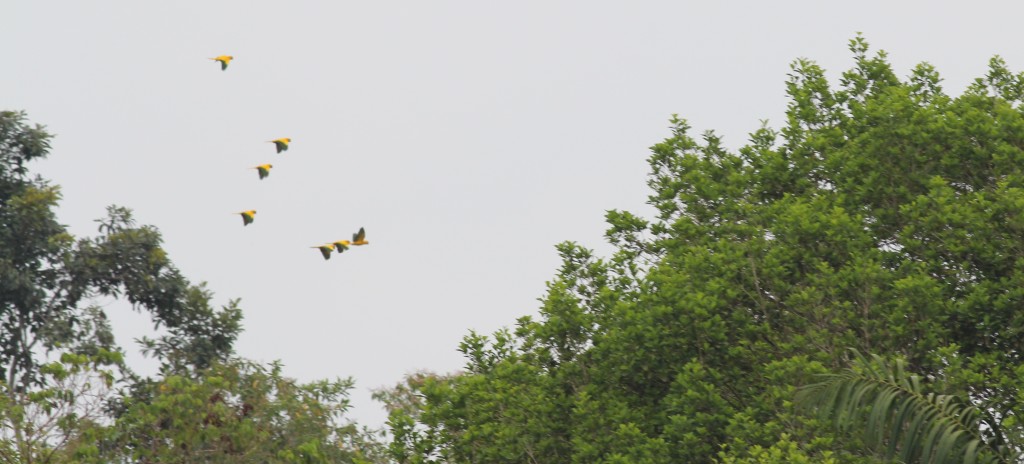Once you have touched down in Brazil, preferably at Manaus and flown onwards to Santarem; you aren’t done yet! You still need to get to Itaituba and get a permit for the Parque Nacional da Amazônia and drive out there. The most pleasant way to travel is by speedboat down the Tapajos. We did this journey in the direction of Itaituba to Santarem since we had arrived in Itaituba by bus from Mato Grosso.
I don’t speak Portuguese but from what I can tell, this is the official blog of the company that runs the launches. I did my best with Google Translate!
Ships to Itaituba.
All days out boats from Santarem to Itaituba carrying cargo, packages and passengers. They leave at 16:00 (only on Sunday leaves at 14:00 hours). The vessels are castor and are usually boat medium and large making this trip that lasts about 17:00 usually.Has the boats that depart at 13:00 hours and arrive in Santarem Itaituba about 21:30 the same day.
This is the ticket office in Itaituba. In Sept 2012, we paid R$65 each (around $35). I think it has gone up to R$70 now.
Lancha motor Princesa do Tapajós sai todas as 2ª-feira, 4ª-feira e 6ª-feira. (Tuesday, Thursday, Saturday)
Lancha motor Veloz sai todas as 3ª-feira, 5ª-feira e domingo. (não prestamos serviços para essa embarcação). (Wednesday, Friday, Sunday).
I could not find any reference to who sails on a Monday.
***UPDATED TRANSLATION***
Harvson3 has kindly provided a proper translation of the Portuguese I was trying to use Google Translate on. This is the correct version. As you can see, Google Translate sometimes leaves a lot to be desired but it’s usually all we have to go on. Thank you Harvson3!
One small correction of the above:
2a feira (also written segunda-feira) is Monday, 4a feira is Wednesday, sexta-feira (6a feira) is Friday.terca (3) and quinta (5) are Tuesday and Thursday.
My translation of the above paragraphs:
Every day, boats leave Santarem for Itaituba carrying cargo, packages, and passengers. The boats leave at 4 PM in the afternoon (only on Monday they leave at 2 PM). The ships rotate and are generally boats of medium to large size that do trips that last usually around 17 hours generally [sic].
There are boats that leave Santarem at 1 PM and arrive in Itaituba around 9:30 PM on the same day.
Lancha motor just means “motorboat,” akin to the smaller boat you took.
You can buy snacks and drinks on the boat but we bought some sandwiches, snacks and drinks at a small cafe across the street before leaving.
The larger boats also go to Santarem but are much slower. This type of boat also travels the Amazon between Tabatinga-Manaus-Santarem-Belem. Our launch was much smaller, see the difference in the photos. You will have seats assigned but if the boat isn’t full just change seats to wherever you want. The whole trip takes about 8 hours.
The journey down the Tapajos is very scenic and pleasant. You will pass by Fordlândia which is a now-abandoned, prefabricated industrial town established in the Amazon Rainforest in 1928 by American industrialist Henry Ford to secure a source of cultivated rubber for the automobile manufacturing operations of the Ford Motor Company in the United States. In the map below, Fordlândia is where the A in the bubble is. The red dot on PA-435 is the town of Aveiro. This is where you would get off if you wanted to try to find Golden Conures along the Cupari River but you would need a guide and chartered boat to do that.
Tapajos River
Here are some photos showing the whole journey from Itaituba to Santarem.
The sunset was amazing!
This is where we disembarked in Santarem. It’s a ways out of town, I think the taxi was around R$10-15 to get to downtown where we finally found a room at the Sandis Hotel.

